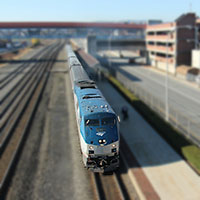 |
Amtrak's Pennsylvanian Eastern Stations |
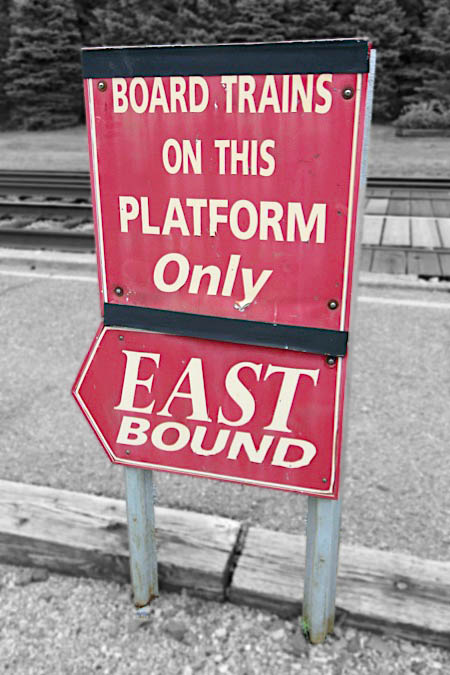
RWH
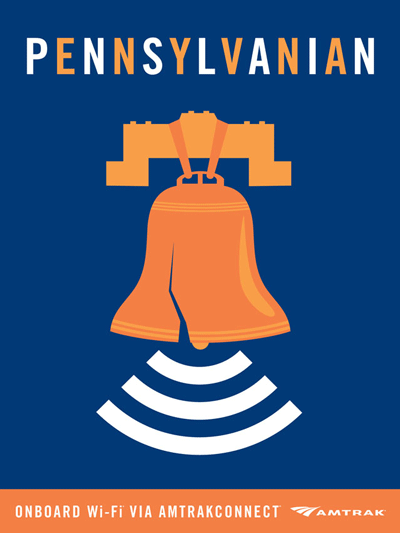

collection
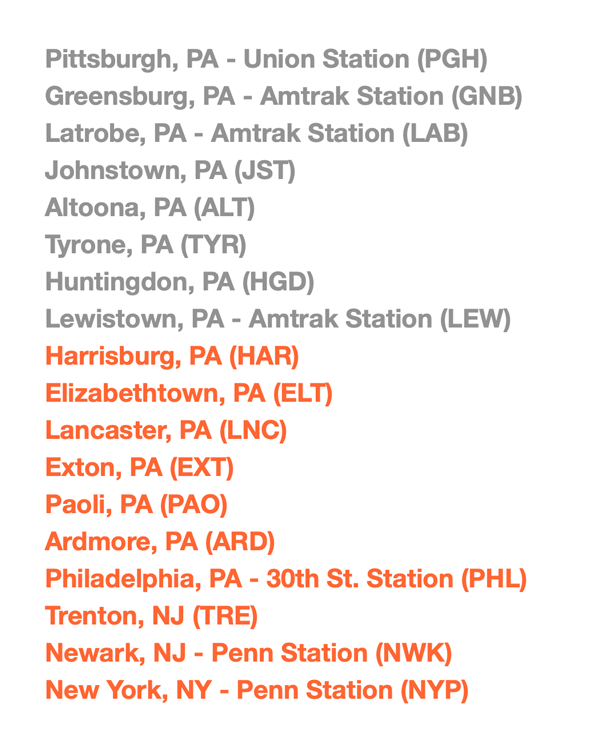
RWH
 Harrisburg
Harrisburg
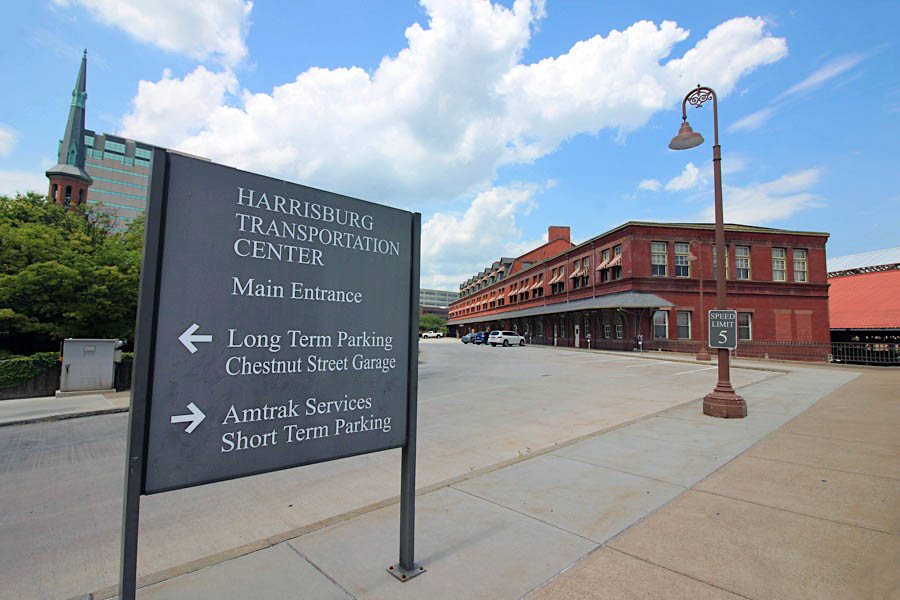
Harrisburg, Pa / Jul 2020 / RWH
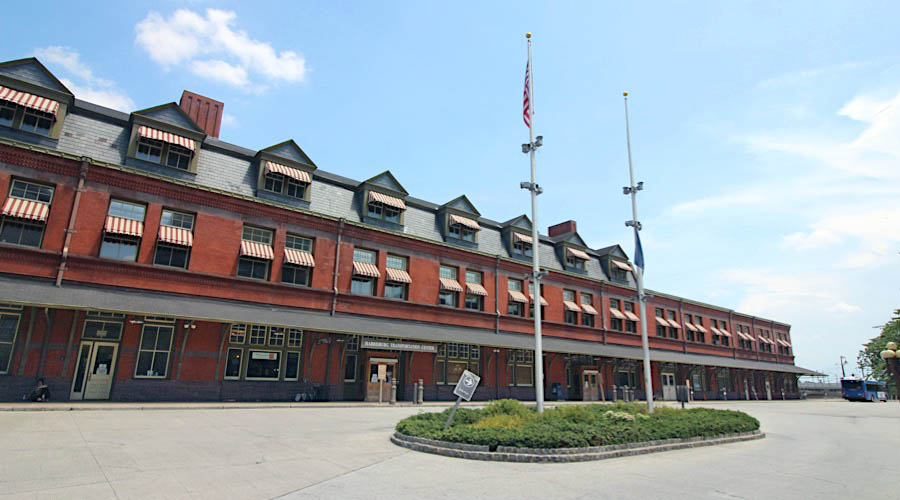
Harrisburg, Pa / Jul 2020 / RWH

Click to see the Harrisburg Transportation Center plotted on a Google Maps page
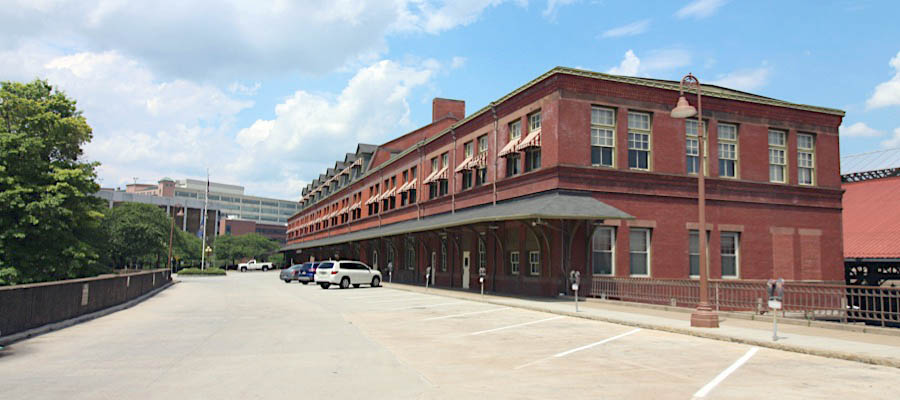
Harrisburg, Pa / Jul 2020 / RWH
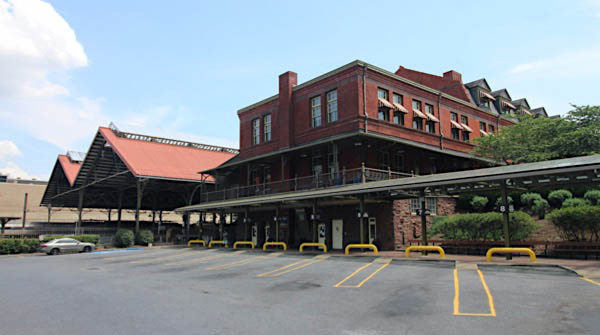
Harrisburg, Pa / Jul 2020 / RWH
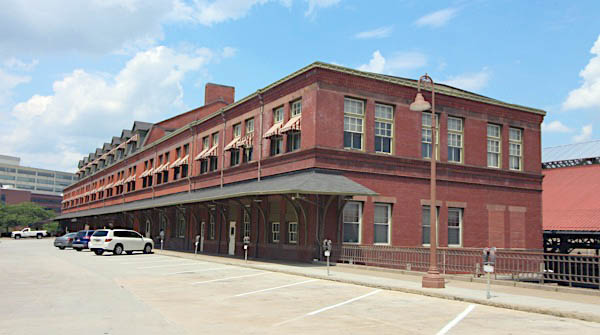
Harrisburg, Pa / Jul 2020 / RWH
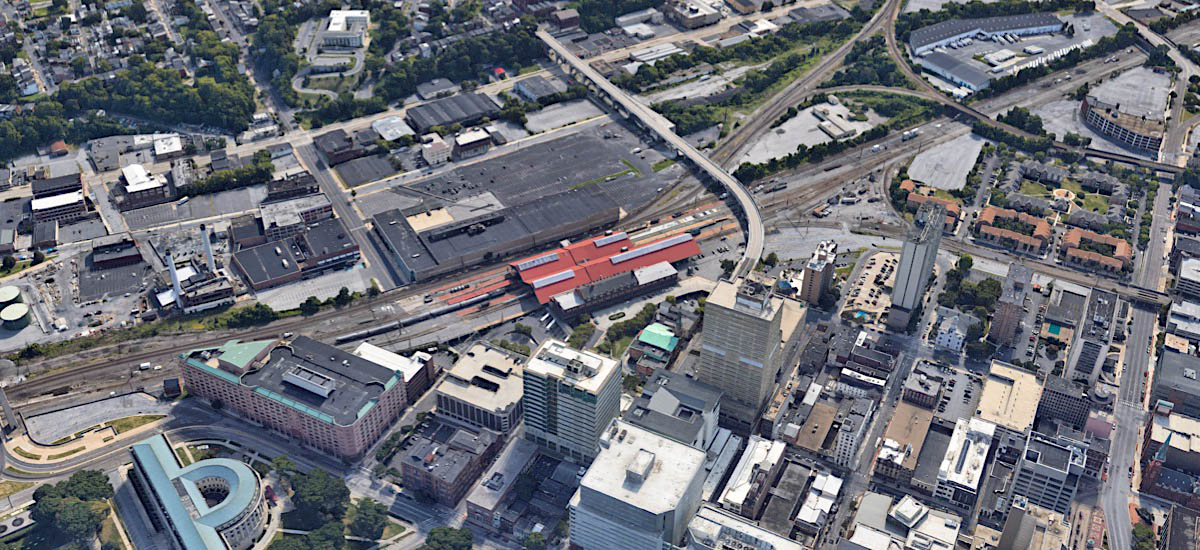
Google Maps

Google Maps

 he Pennsylvania Railroad completed this Queen Anne-style train station in 1887. Now known as the Harrisburg Transportation Center (HTC), Amtrak uses part of the main floor for its passenger operations. The Harrisburg Redevelopment Authority leases the rest of the building from Amtrak.
The station’s distinctive mansard roof was reconstructed in 1905 after a serious fire the previous year. In 1922, more than 100 trains arrived and departed here each day. This is one of the few railroad stations in the United States that still maintains a train shed above the track and retains a red brick exterior. The HTC is listed on the National Register of Historic Places and is designated as a National Engineering Landmark. The current station is the third train station on the same site. The first was built in 1837, which gave way to the second in 1857.
The facility is a three-level structure, with the lower level serving as a terminal for Greyhound and Trailways buses. Capitol Area Transit (CAT), the city’s local bus provider, also serves the facility at street level.
he Pennsylvania Railroad completed this Queen Anne-style train station in 1887. Now known as the Harrisburg Transportation Center (HTC), Amtrak uses part of the main floor for its passenger operations. The Harrisburg Redevelopment Authority leases the rest of the building from Amtrak.
The station’s distinctive mansard roof was reconstructed in 1905 after a serious fire the previous year. In 1922, more than 100 trains arrived and departed here each day. This is one of the few railroad stations in the United States that still maintains a train shed above the track and retains a red brick exterior. The HTC is listed on the National Register of Historic Places and is designated as a National Engineering Landmark. The current station is the third train station on the same site. The first was built in 1837, which gave way to the second in 1857.
The facility is a three-level structure, with the lower level serving as a terminal for Greyhound and Trailways buses. Capitol Area Transit (CAT), the city’s local bus provider, also serves the facility at street level.
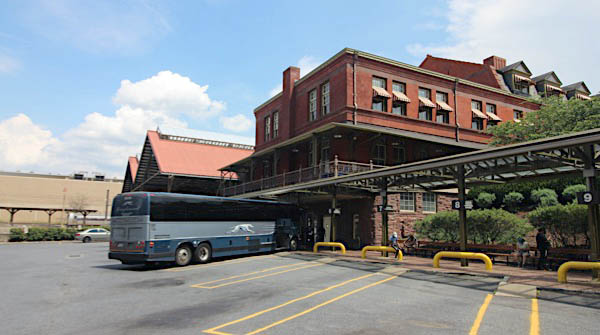
Harrisburg, Pa / Jul 2020 / RWH
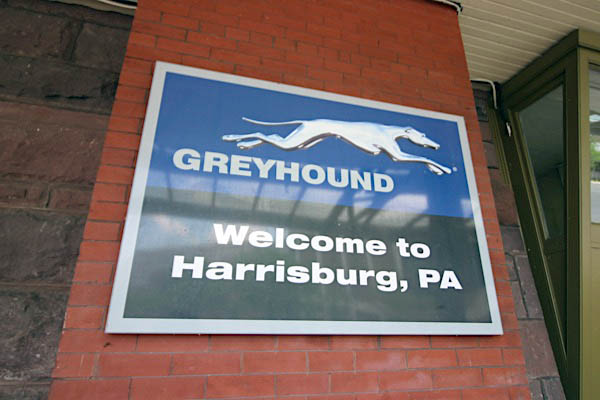
Jul 2020 / RWH
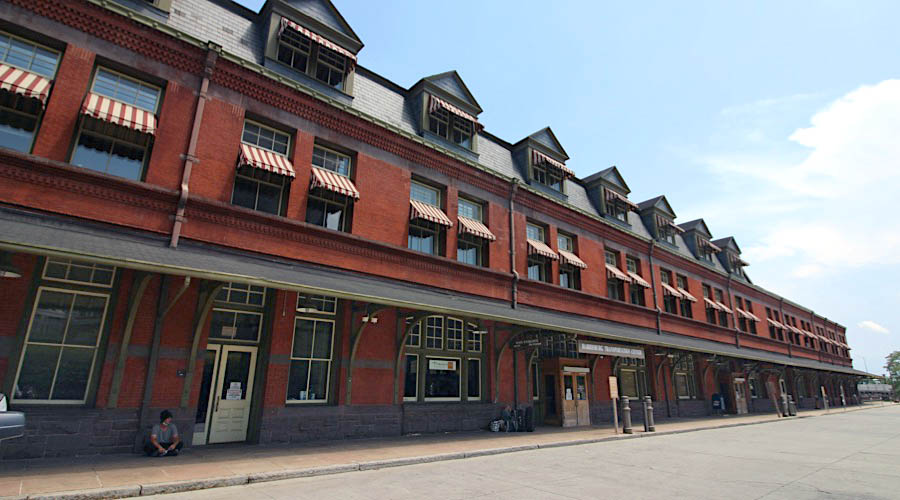
Jul 2020 / RWH
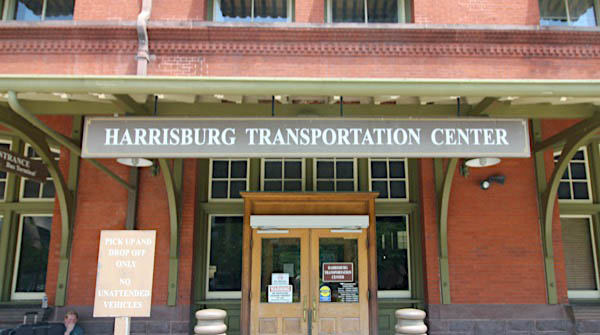
Jul 2020 / RWH
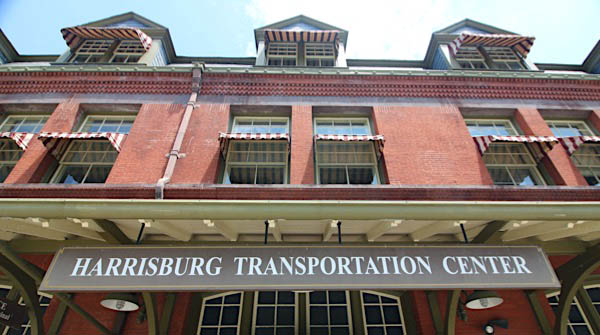
Jul 2020 / RWH
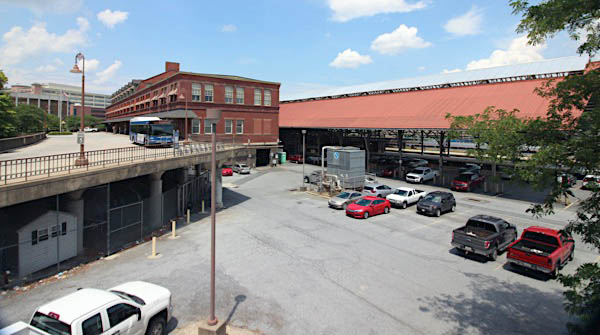
Harrisburg, Pa / Jul 2020 / RWH
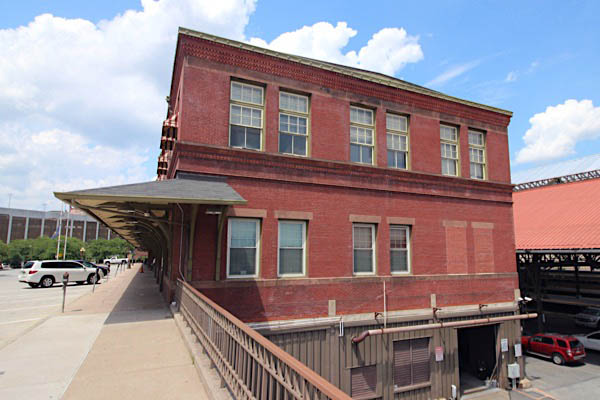
Jul 2020 / RWH
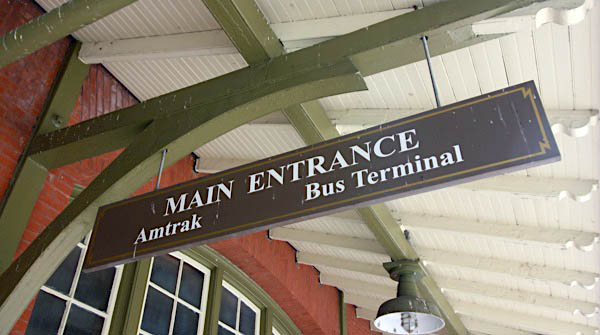
Jul 2020 / RWH
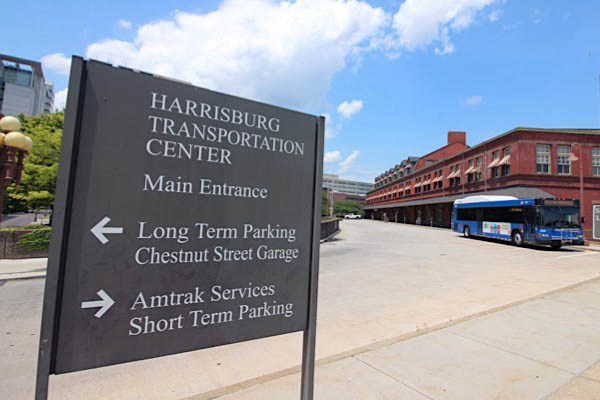
Harrisburg, Pa / Jul 2020 / RWH
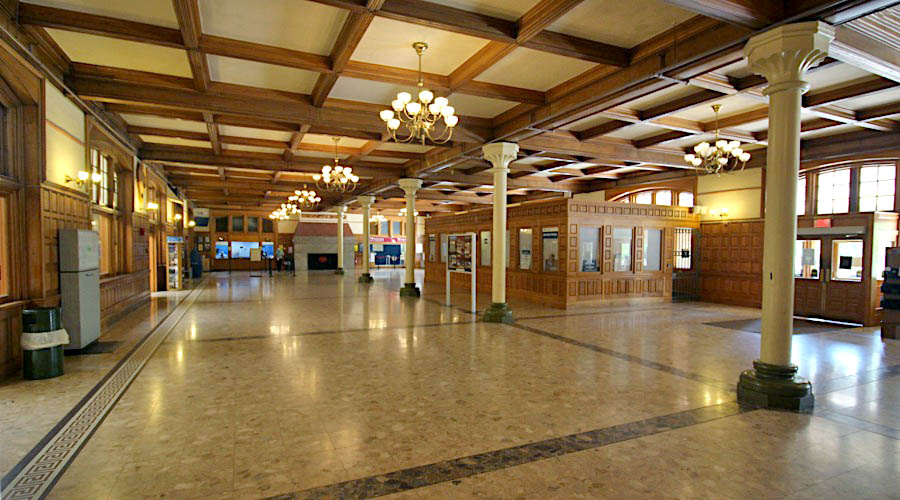
Jul 2020 / RWH
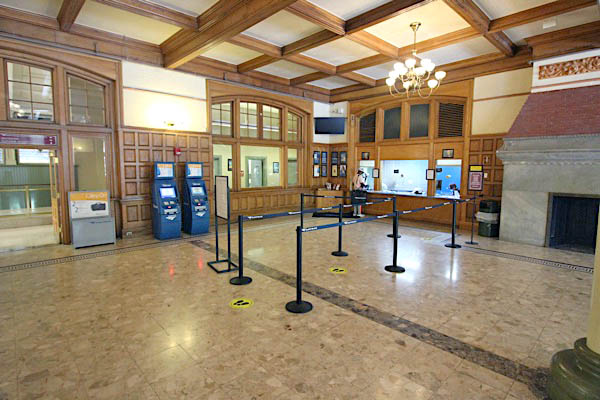
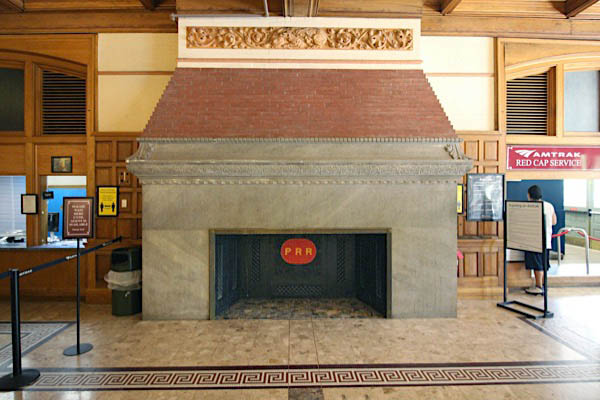
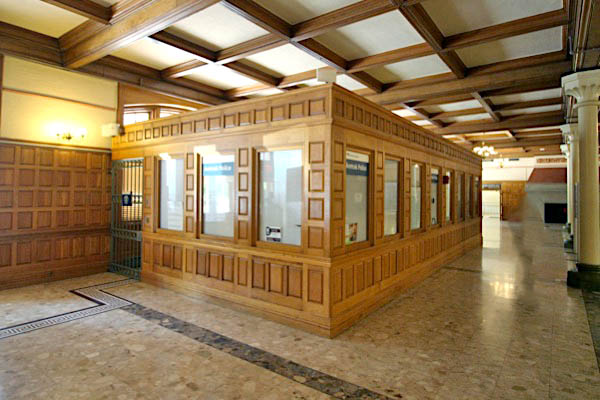
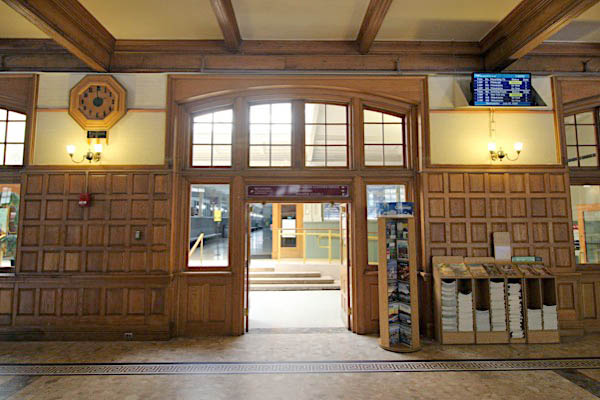
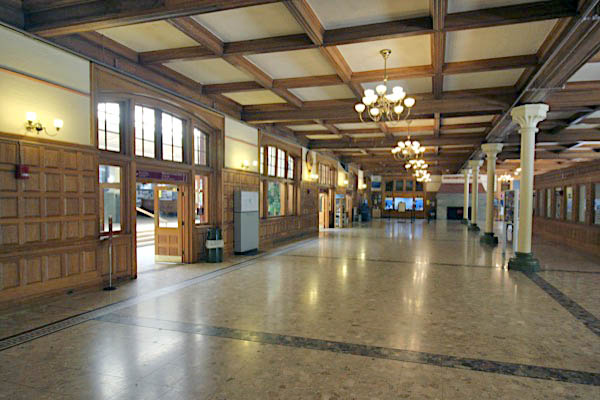
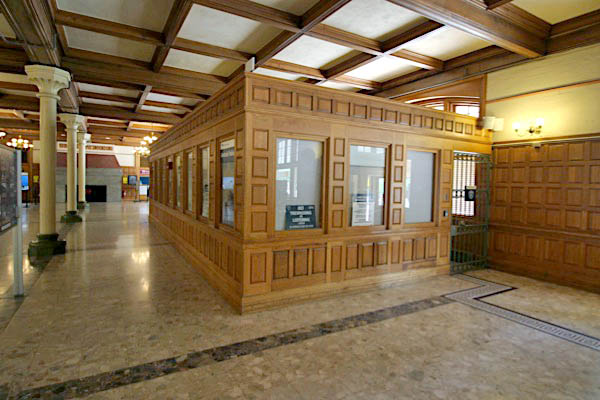
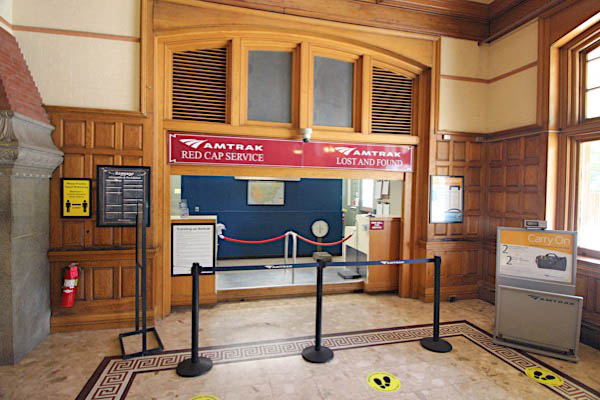
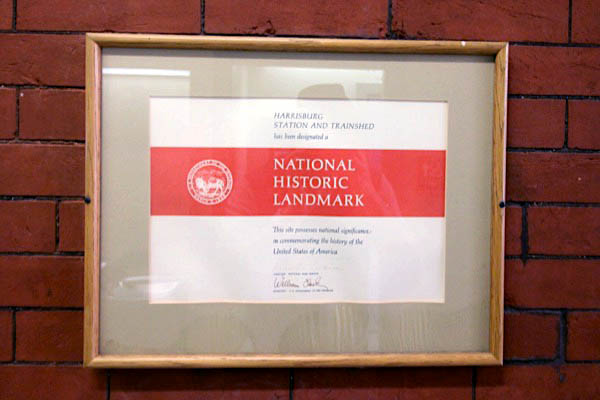
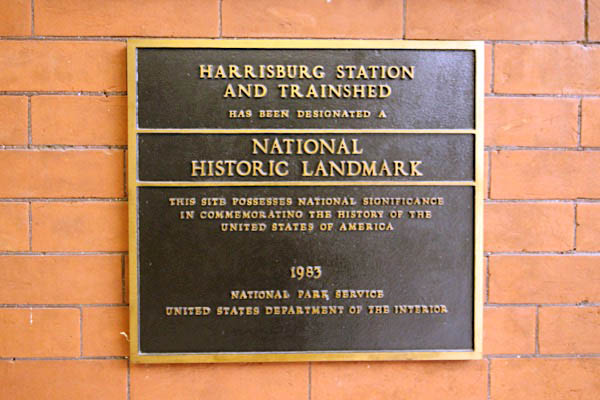
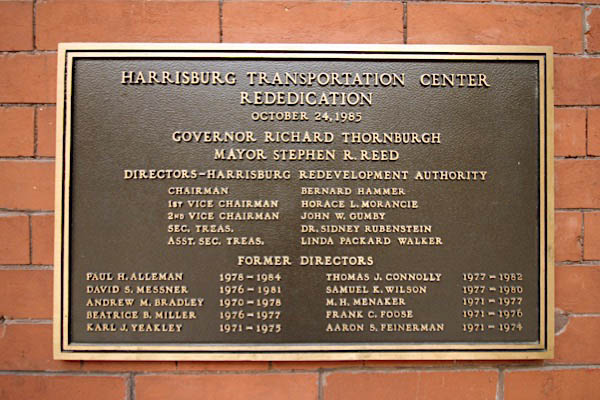
Jul 2020 / RWH
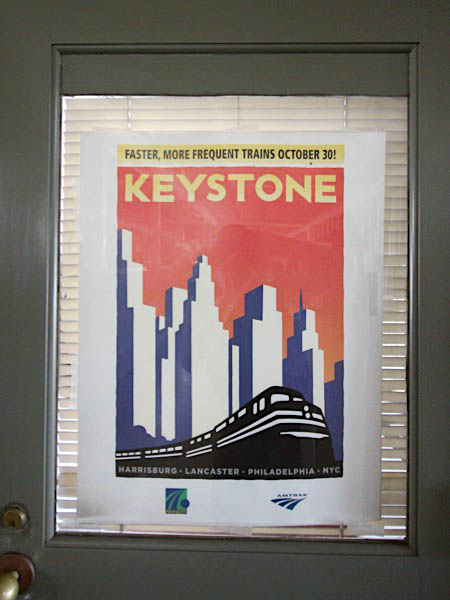
RWH
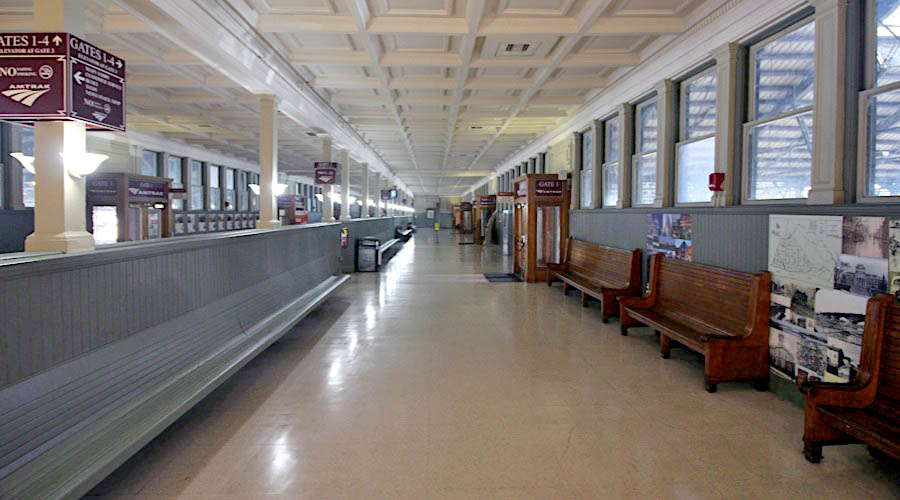
Jul 2020 / RWH
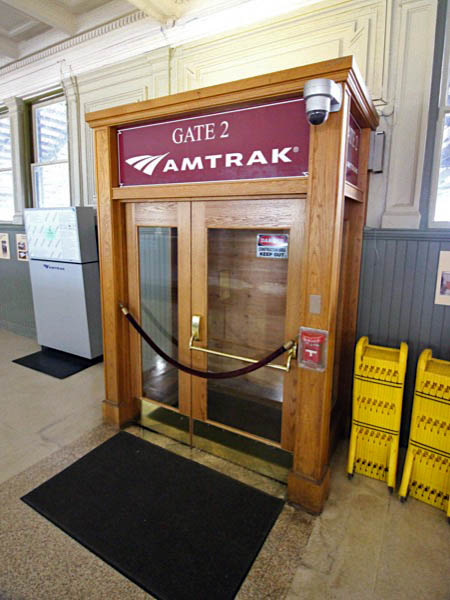
Jul 2020 / RWH
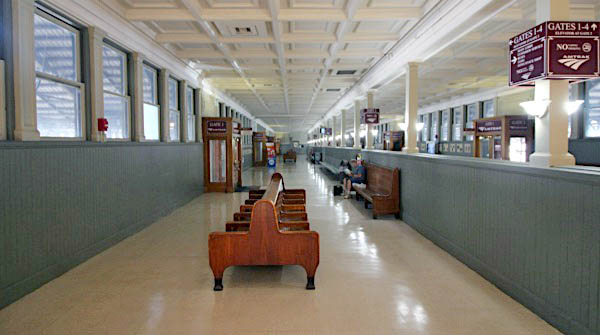
Jul 2020 / RWH
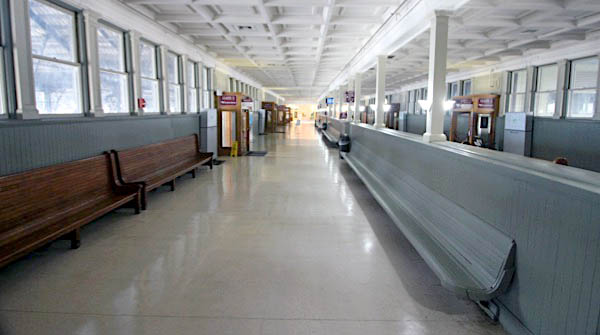
Jul 2020 / RWH

 arrisburg's location on major east-west routes and the importance of the Susquehanna River as a gateway north and south quickly established the city as a business center. At the same time, there was growing sentiment in the Commonwealth of Pennsylvania against what were seen as the aristocratic goals of the Federalists in Philadelphia, capital of the United States from 1790 to 1800. When it came time to select a state capital, the choice of Harrisburg became official in 1812.
arrisburg's location on major east-west routes and the importance of the Susquehanna River as a gateway north and south quickly established the city as a business center. At the same time, there was growing sentiment in the Commonwealth of Pennsylvania against what were seen as the aristocratic goals of the Federalists in Philadelphia, capital of the United States from 1790 to 1800. When it came time to select a state capital, the choice of Harrisburg became official in 1812.
Stagecoach lines from Philadelphia had reached Harrisburg by 1776. By the 1830s Harrisburg was part of the Pennsylvania canal system and an important railroad center as well. Steel and iron became dominant industries. To the original German settlers were added people from the rest of the nation and immigrants from throughout the Old World, especially Scots-Irish, Welsh, French, and Huguenots. Because farming was still the predominant industry, Harrisburg did not develop in the arts, music, and science as did Philadelphia—the lack of leisure time and concentration of population hindered that development. Settlers in Harrisburg and environs did bring with them aspects of European culture that flourished, including the fashioning of pottery, furniture, glass works, and pewterware, and the use of brass instruments.
Harrisburg's population had grown to more than 13,000 people by 1860, when it was incorporated as a city. Its industrial power played a decisive role in the Civil War, and it also served as a Union Army training center. Harrisburg was the target of a Confederate Army invasion in 1863, but General Robert E. Lee stopped his troops a few miles from the city and ordered them to proceed to nearby Gettysburg, where the battle ensued that was to be the turning point of the Civil War.
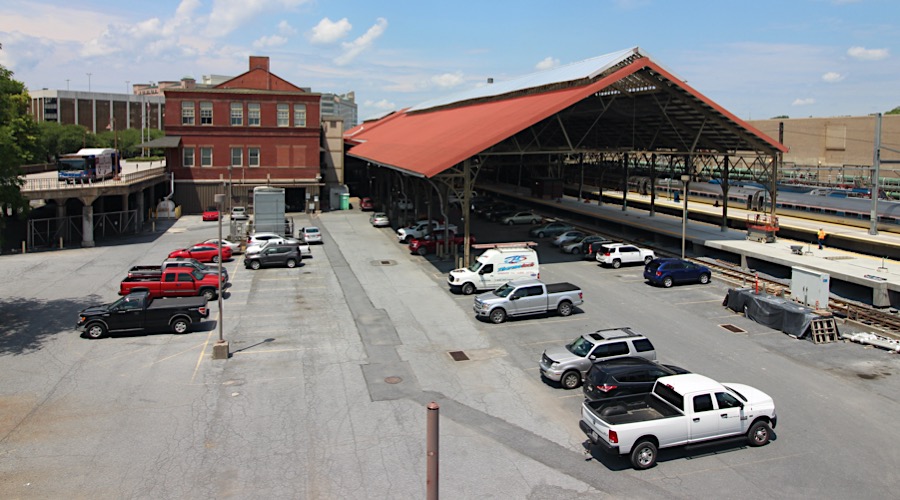
Harrisburg, Pa / Jul 2020 / RWH
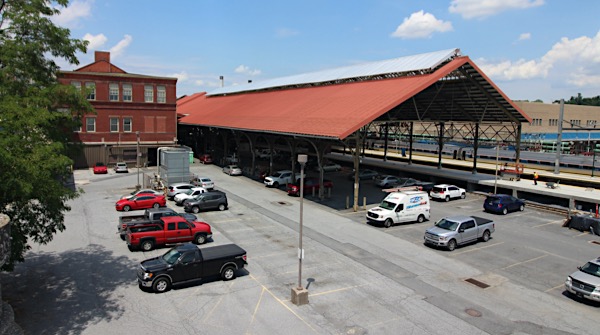
Harrisburg, Pa / Jul 2020 / RWH
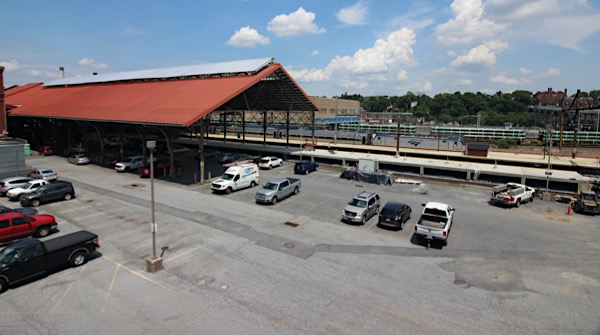
Harrisburg, Pa / Jul 2020 / RWH
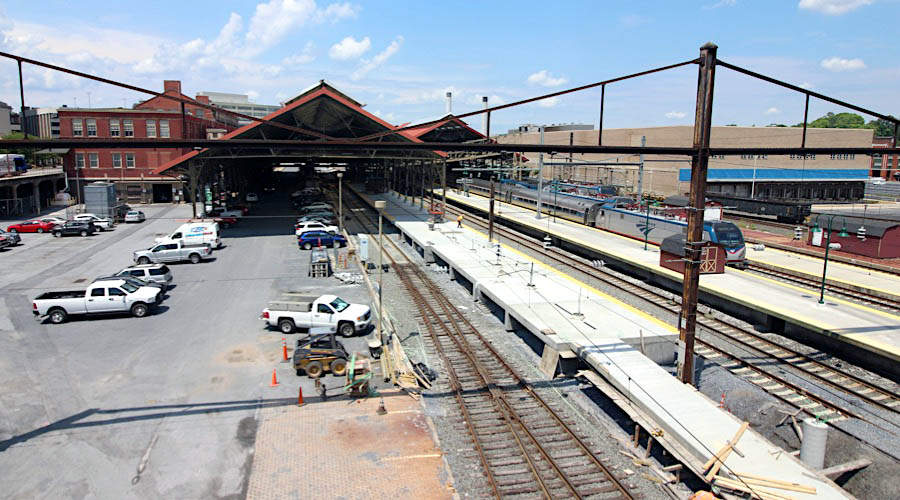
Harrisburg, Pa / Jul 2020 / RWH
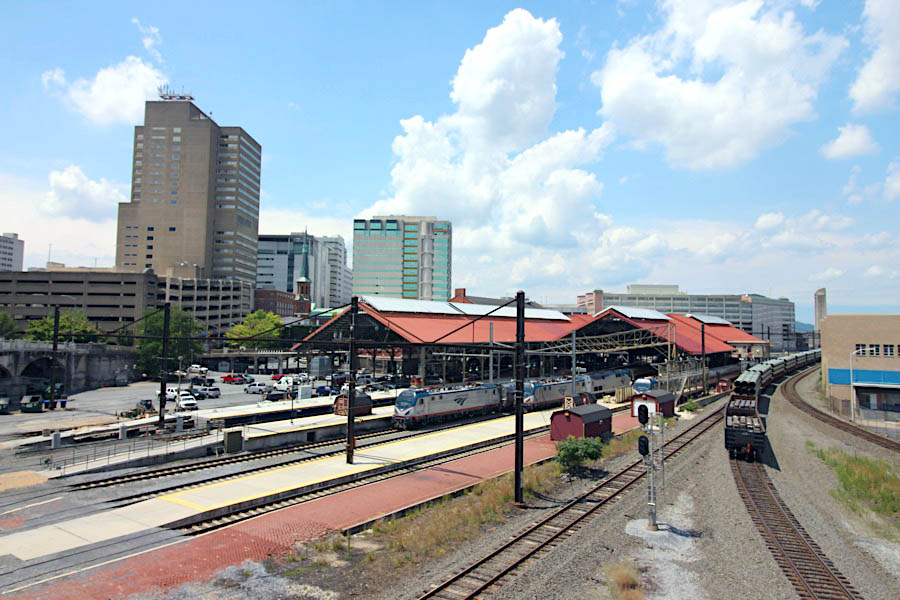
Harrisburg, Pa / Jul 2020 / RWH
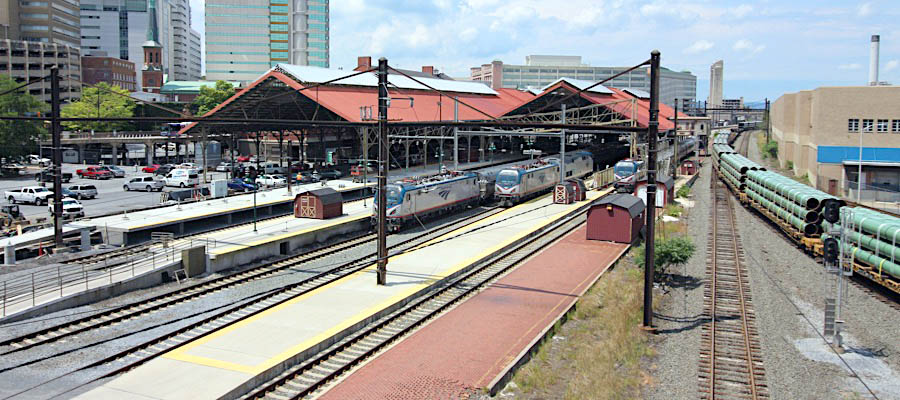
Harrisburg, Pa / Jul 2020 / RWH
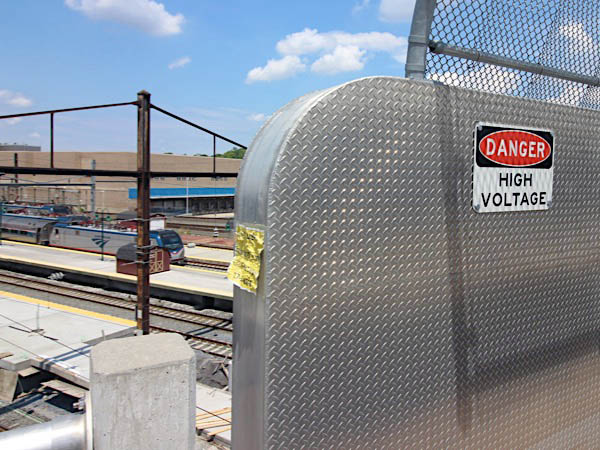
Jul 2020 / RWH
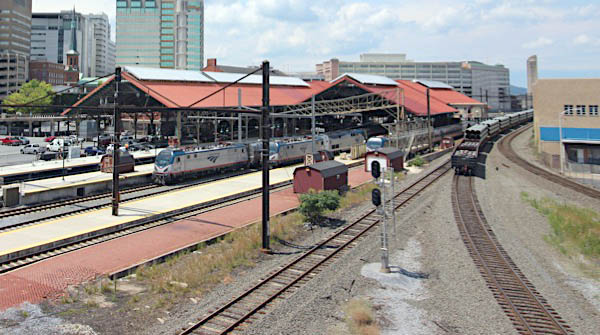
Jul 2020 / RWH
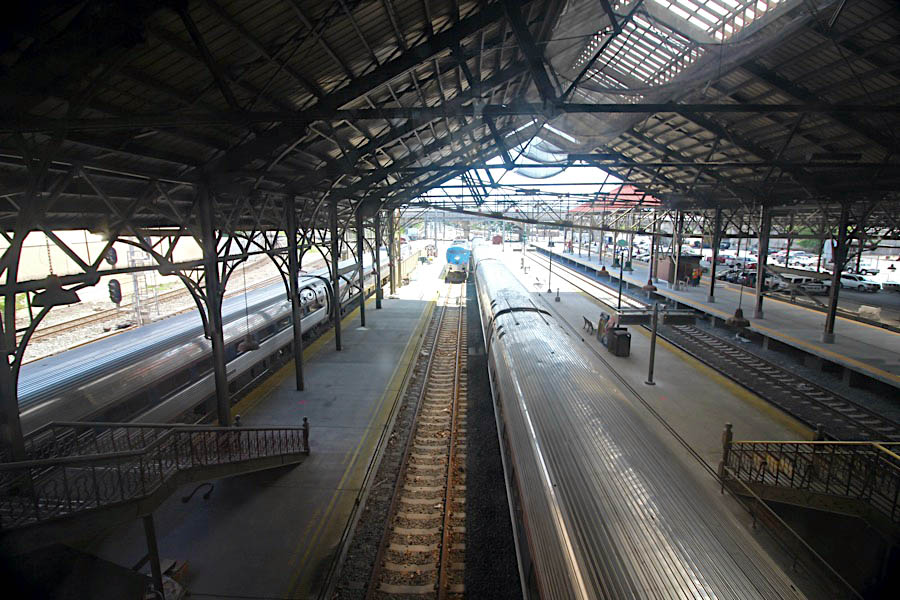
Jul 2020 / RWH
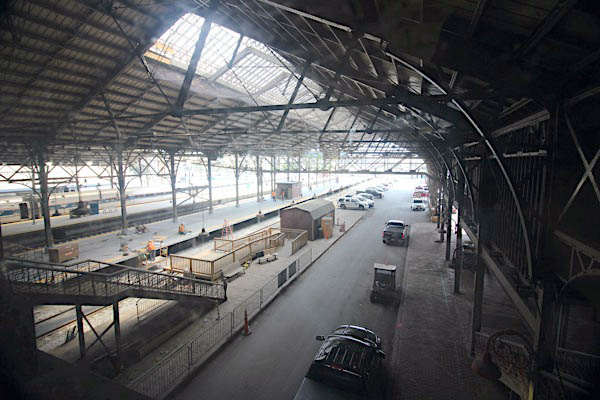
Jul 2020 / RWH
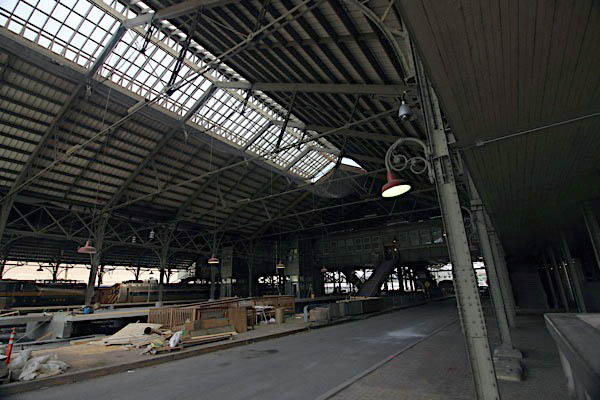
Jul 2020 / RWH
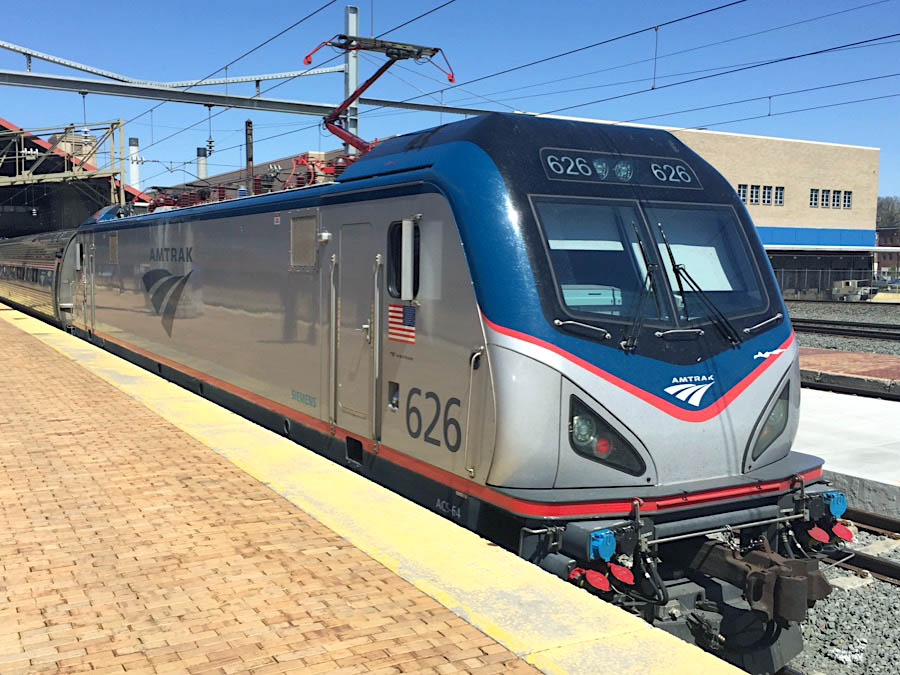
Amtrak #626
Harrisburg, Pa / Apr 2016 / RWH


Amtrak #626
manufactured at Siemens in Florin, Ca

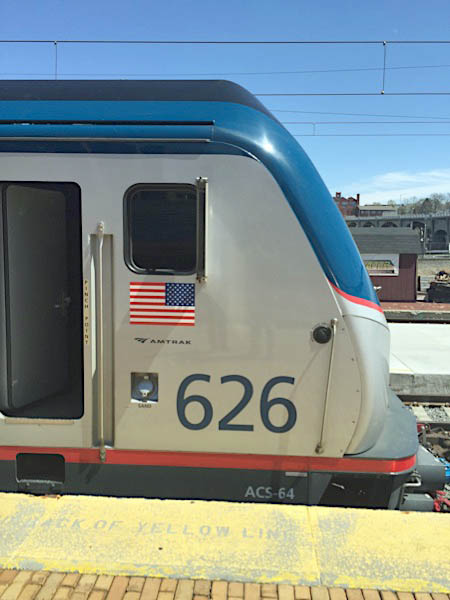
Apr 2016 / RWH
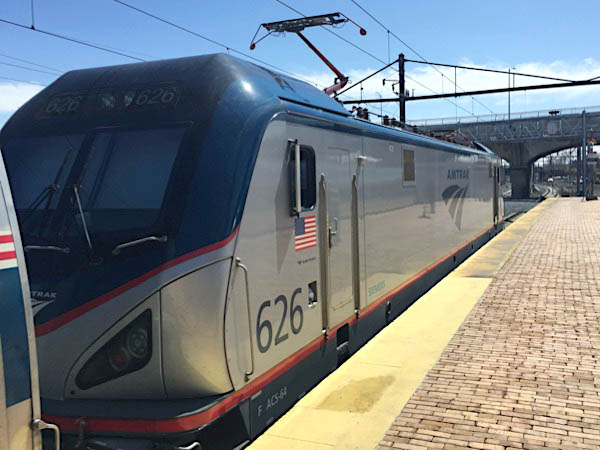
Harrisburg, Pa / Apr 2016 / RWH
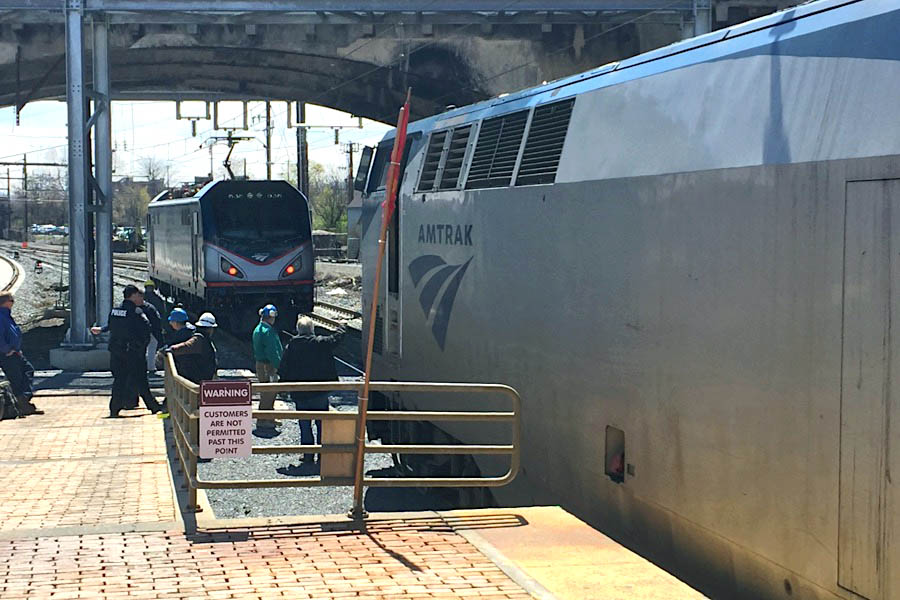
Harrisburg, Pa / Apr 2016 / RWH

 The ride on Amtrak's #42 eastbound out of Pittsburgh is a meandering climb up the old Pennsy main, twisting and curving through cuts and river valleys until the climb up the Alleghenies finally breaks at Gallitzin and you start to roll downhill through the Curve and down through Altoona. This stretch is good running, especially in the fall. But the fun really starts after Harrisburg, when the electrics are tacked on the front, the freight traffic goes away, and the speed limits climb into the triple digits. The Keystone Corridor is a race for the coast, and suddenly a modest Number 42 is a string a chariots behind a slick, new "Sprinter." Catenary posts blur by as Amish countryside gives way to suburban Philadelphia. I check the speed app on my iPhone: 110mph running. The Amfleets show their age these speeds, squeaky draft gear and awkward wheel running. Even so, this feels like a different train than the one that left Pittsburgh earlier in the morning. This is the Keystone sprint.
The ride on Amtrak's #42 eastbound out of Pittsburgh is a meandering climb up the old Pennsy main, twisting and curving through cuts and river valleys until the climb up the Alleghenies finally breaks at Gallitzin and you start to roll downhill through the Curve and down through Altoona. This stretch is good running, especially in the fall. But the fun really starts after Harrisburg, when the electrics are tacked on the front, the freight traffic goes away, and the speed limits climb into the triple digits. The Keystone Corridor is a race for the coast, and suddenly a modest Number 42 is a string a chariots behind a slick, new "Sprinter." Catenary posts blur by as Amish countryside gives way to suburban Philadelphia. I check the speed app on my iPhone: 110mph running. The Amfleets show their age these speeds, squeaky draft gear and awkward wheel running. Even so, this feels like a different train than the one that left Pittsburgh earlier in the morning. This is the Keystone sprint.
 Elizabethtown
Elizabethtown
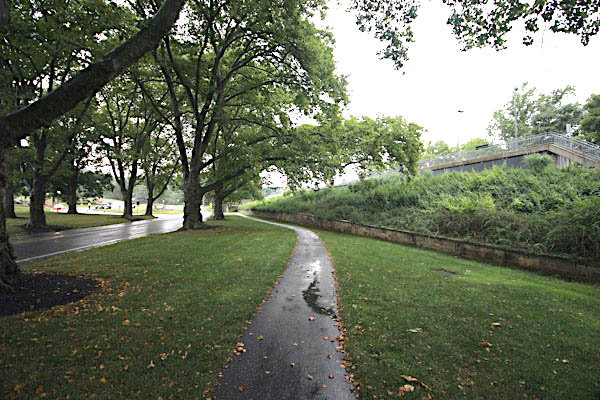
Elizabethtown, Pa / Jul 2020 / RWH
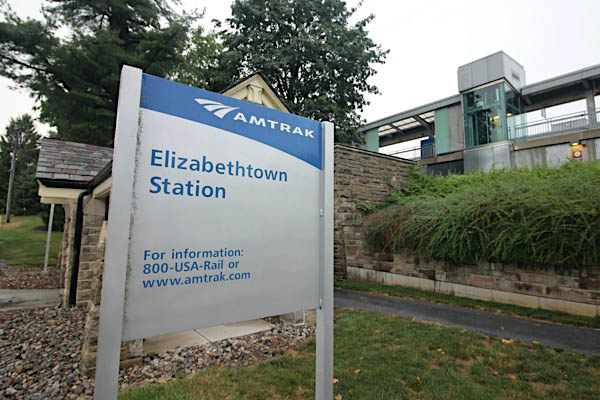
Jul 2020 / RWH
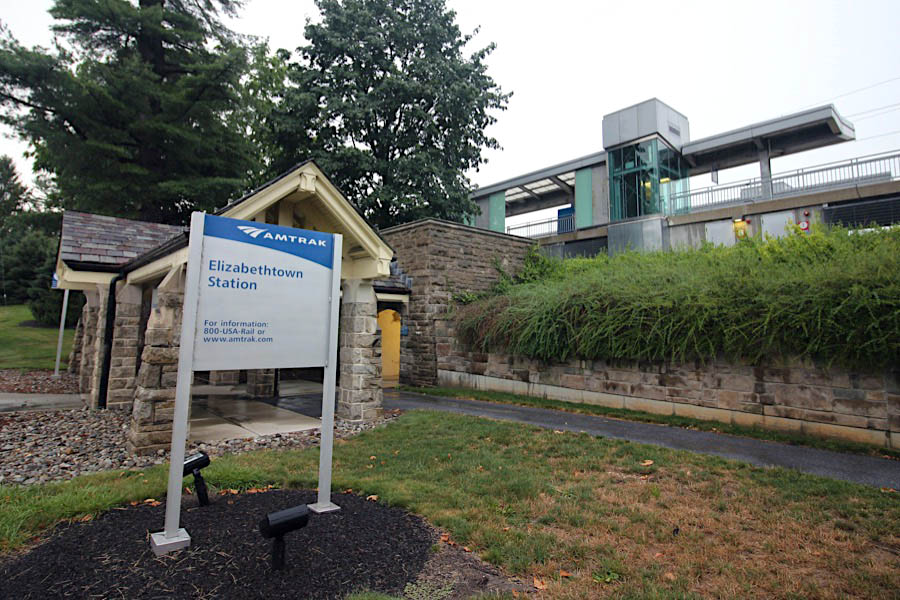
Elizabethtown, Pa / Jul 2020 / RWH
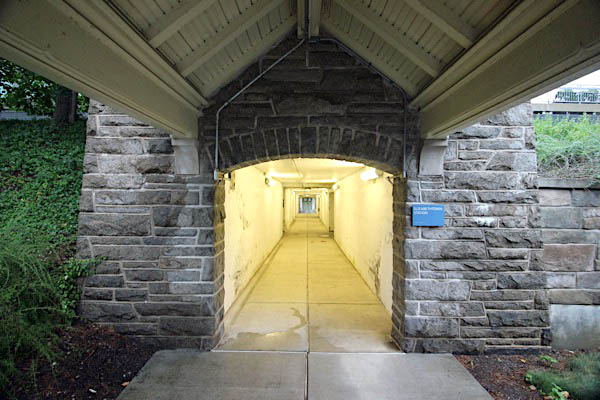
Elizabethtown, Pa / Jul 2020 / RWH
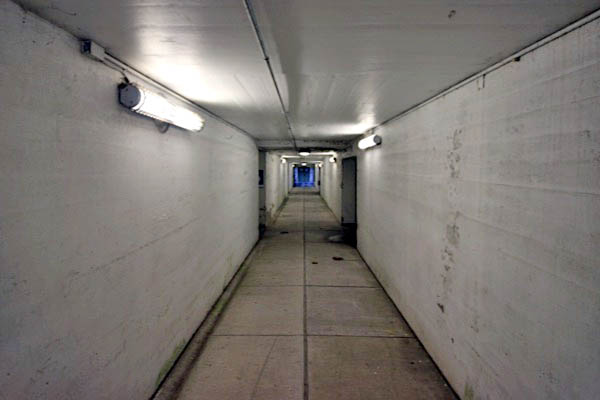
Elizabethtown, Pa / Jul 2020 / RWH
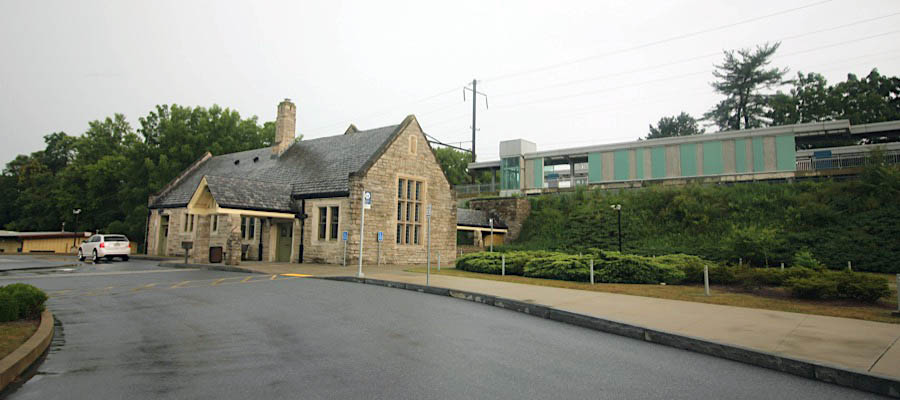
Elizabethtown, Pa / Jul 2020 / RWH

Click to see the Elizabethtown station plotted on a Google Maps page
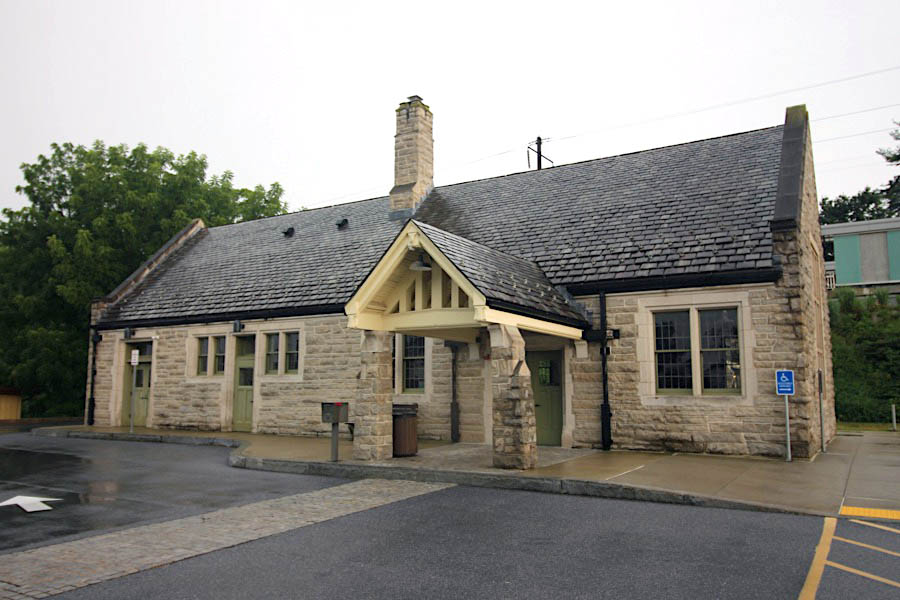
Elizabethtown, Pa / Jul 2020 / RWH
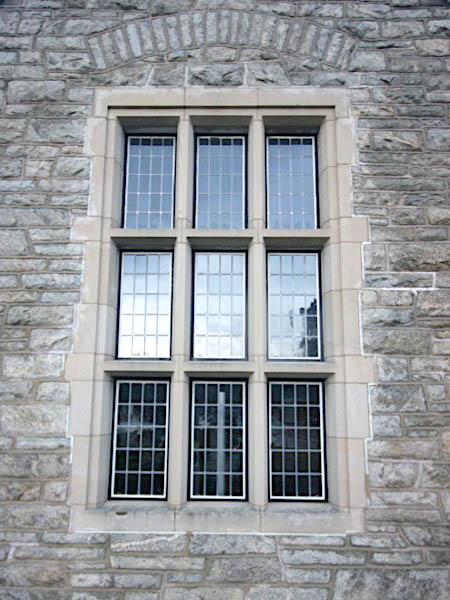
Jul 2020 / RWH
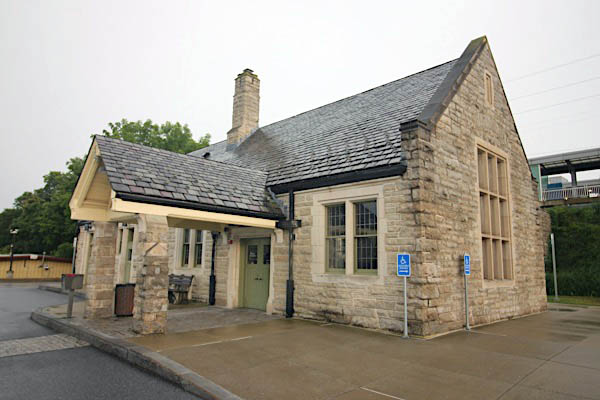
Elizabethtown, Pa / Jul 2020 / RWH
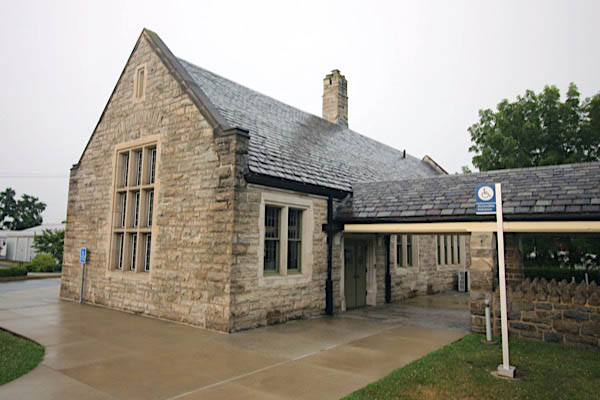
Elizabethtown, Pa / Jul 2020 / RWH
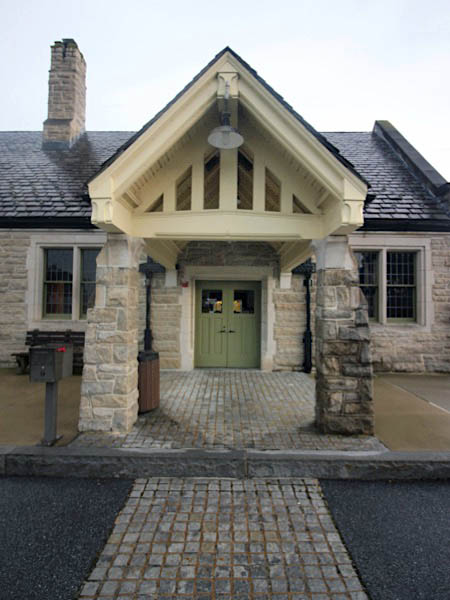
Jul 2020 / RWH
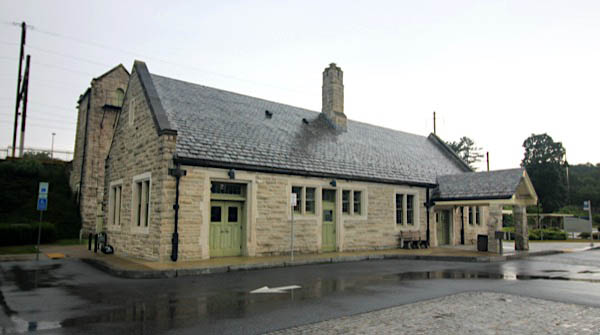
Elizabethtown, Pa / Jul 2020 / RWH
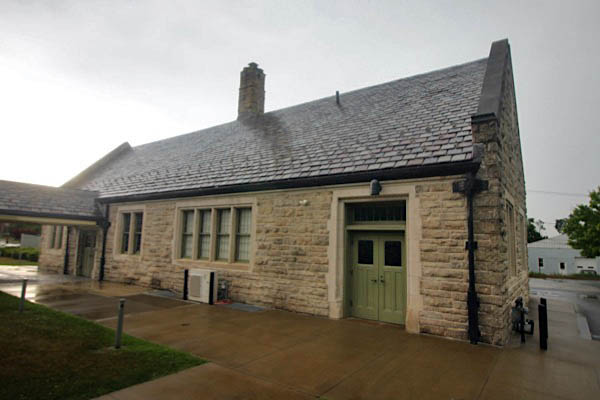
Elizabethtown, Pa / Jul 2020 / RWH
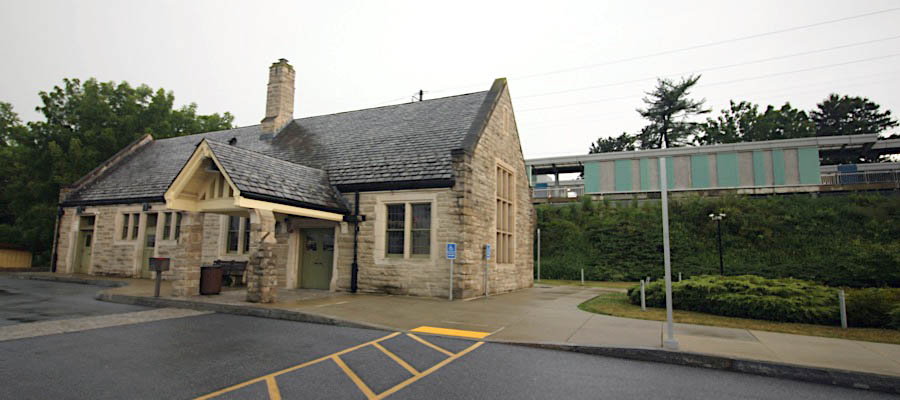
Elizabethtown, Pa / Jul 2020 / RWH
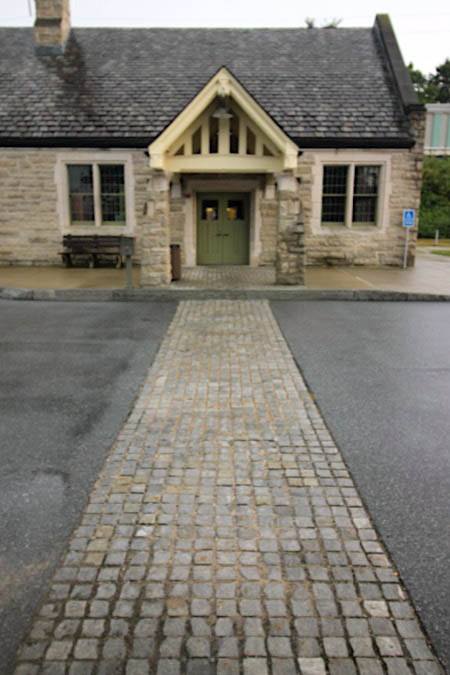
Jul 2020 / RWH
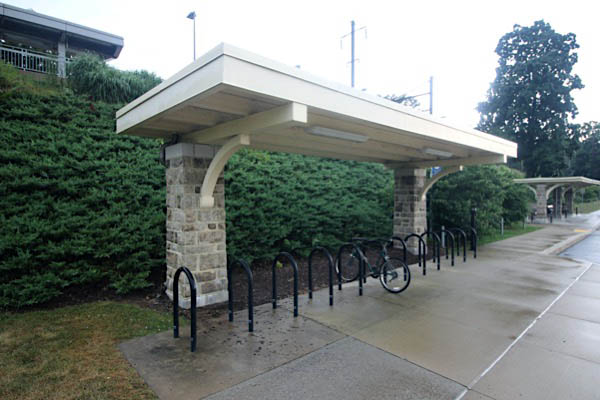
Jul 2020 / RWH
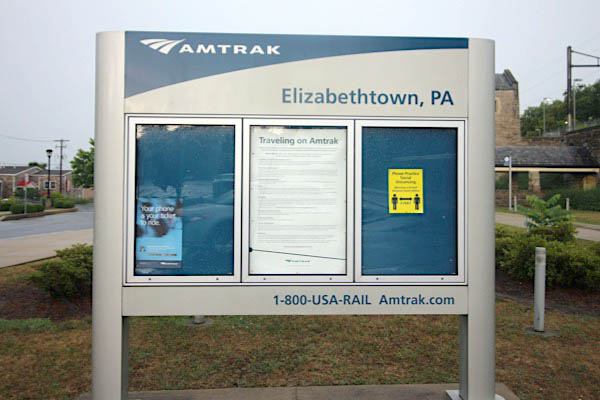
Jul 2020 / RWH
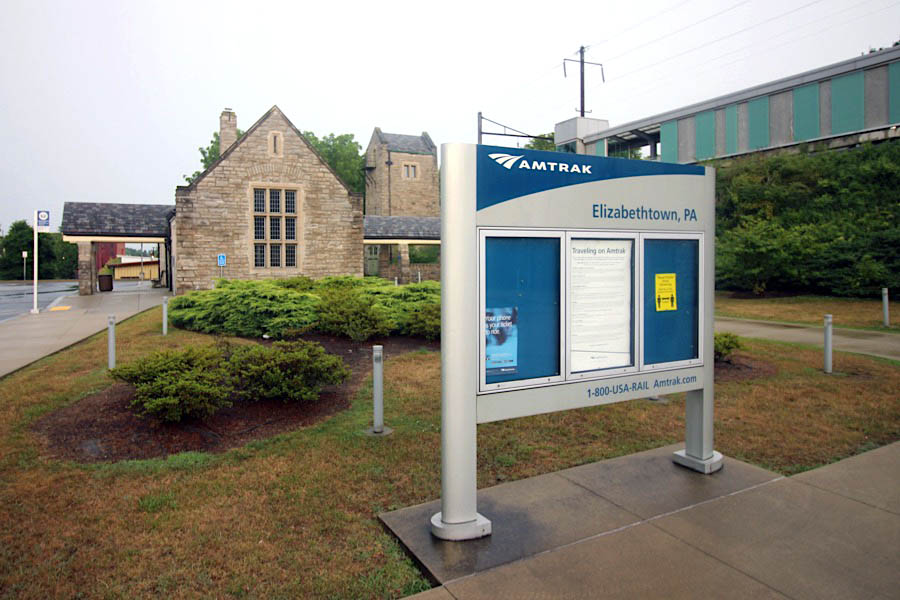
Elizabethtown, Pa / Jul 2020 / RWH
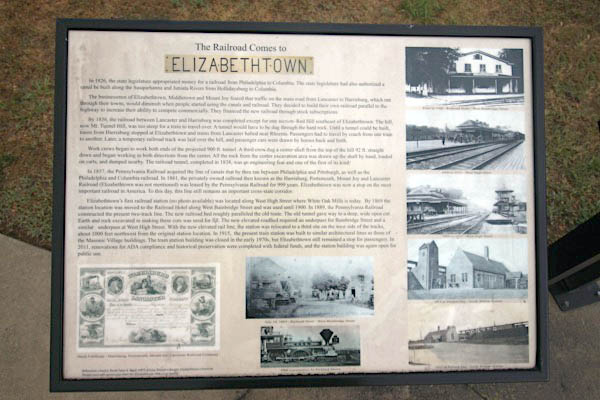
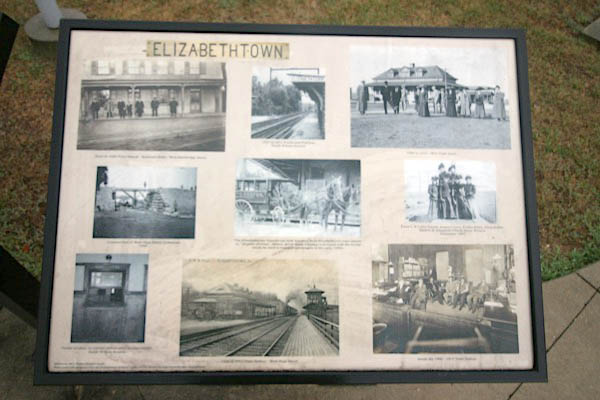
Jul 2020 / RWH
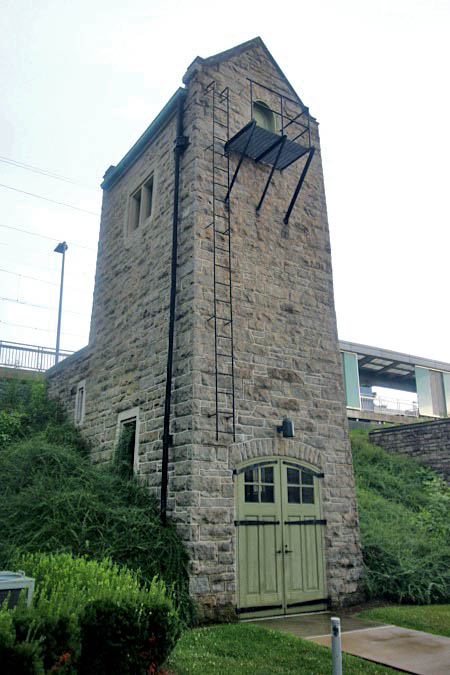
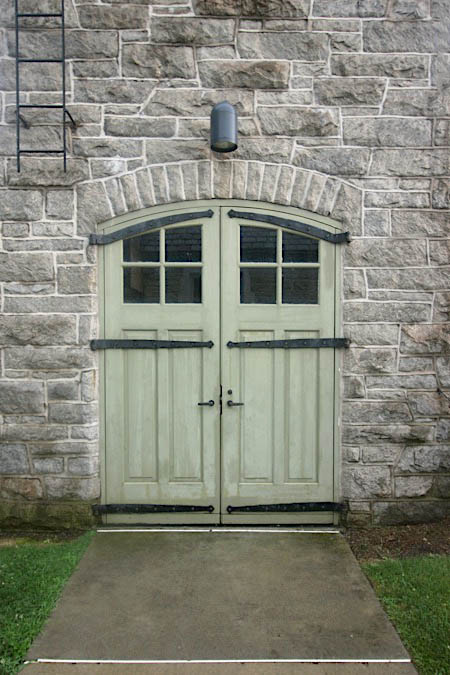
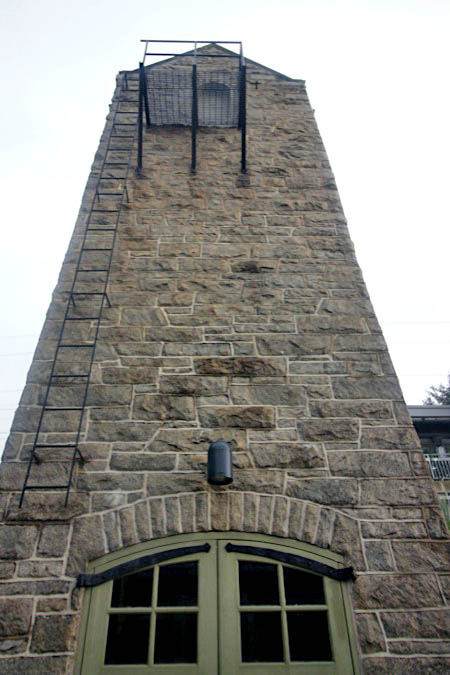
Jul 2020 / RWH
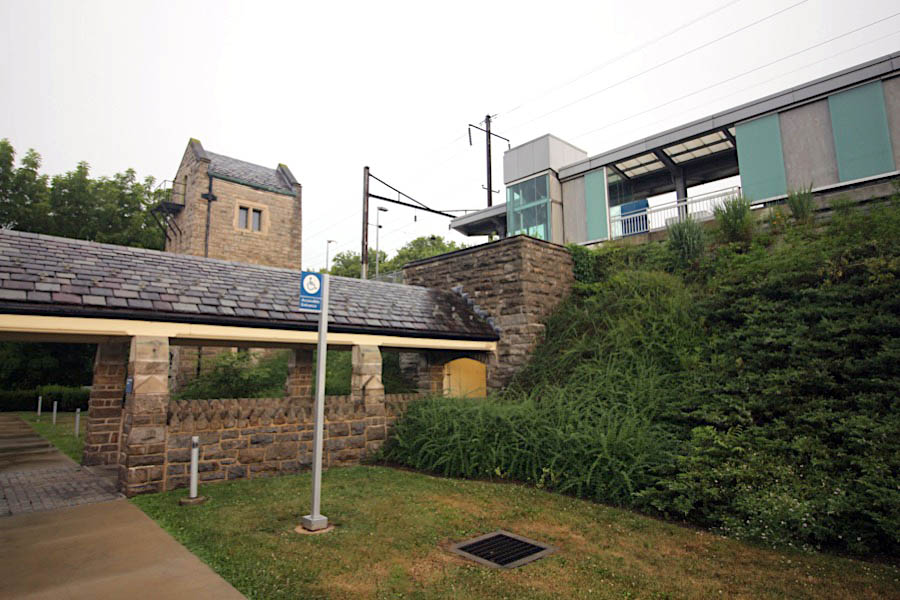
Elizabethtown, Pa / Jul 2020 / RWH

 lizabethtown is a station stop for the Keystone Service that connects Philadelphia and the state capital at Harrisburg, as well as for the Pennsylvanian that runs between New York City and Pittsburgh. Frequent service throughout the day on the Keystone Corridor makes Elizabethtown a popular boarding point for commuters headed to Harrisburg, which is only 20 minutes away by rail.
lizabethtown is a station stop for the Keystone Service that connects Philadelphia and the state capital at Harrisburg, as well as for the Pennsylvanian that runs between New York City and Pittsburgh. Frequent service throughout the day on the Keystone Corridor makes Elizabethtown a popular boarding point for commuters headed to Harrisburg, which is only 20 minutes away by rail.
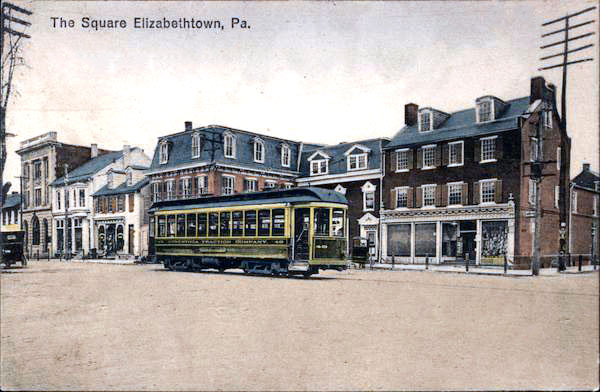 Closed in 1977, the station building sat abandoned for more than three decades as town officials labored to raise funds and plan for its rehabilitation. While the building was shuttered, Amtrak riders continued to use the platforms to access the trains; unfortunately, the original passenger shelters that were designed to complement the station fell into disrepair and had to be removed.
Rehabilitation work was completed in early 2011, and on May 4th, a ribbon cutting ceremony was held to celebrate the station’s rebirth. A wide variety of town and regional transportation officials were in attendance. The Elizabethtown station now includes a waiting room and restrooms, as well as Quik-Trak machines from which customers may purchase tickets. The remainder of the station is occupied by the local Chamber of Commerce.
Closed in 1977, the station building sat abandoned for more than three decades as town officials labored to raise funds and plan for its rehabilitation. While the building was shuttered, Amtrak riders continued to use the platforms to access the trains; unfortunately, the original passenger shelters that were designed to complement the station fell into disrepair and had to be removed.
Rehabilitation work was completed in early 2011, and on May 4th, a ribbon cutting ceremony was held to celebrate the station’s rebirth. A wide variety of town and regional transportation officials were in attendance. The Elizabethtown station now includes a waiting room and restrooms, as well as Quik-Trak machines from which customers may purchase tickets. The remainder of the station is occupied by the local Chamber of Commerce.
The improved transportation facility is envisioned as an anchor of a new mixed-use zoning district in the southern portion of the borough. The area’s master plan calls for a future network of pedestrian and bicycle pathways that will connect the station with downtown to the north. Sycamore Square, a real estate development project, has also been completed within walking distance of the train station on the campus of the Masonic Village, a retirement community located south of the tracks.
The Elizabethtown depot first opened to the public in 1915, and was built by the Pennsylvania Railroad (PRR). Strategically sited with entrances on the north and south sides of the embankment that supports the railroad right-of-way, the station easily served residents of the Masonic Homes and the town. Visually, the depot clearly references the architecture of the nearby Masonic Grand Lodge Hall which was designed in the Collegiate Gothic style by the well known Philadelphia-based firm of Zantzinger, Borie & Medary. The cornerstone of the Grand Lodge Hall was laid in 1911; two years later, the architects were hired by the PRR to draw up plans for an improved passenger station.
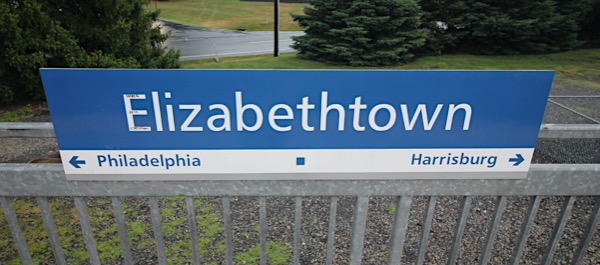
RWH
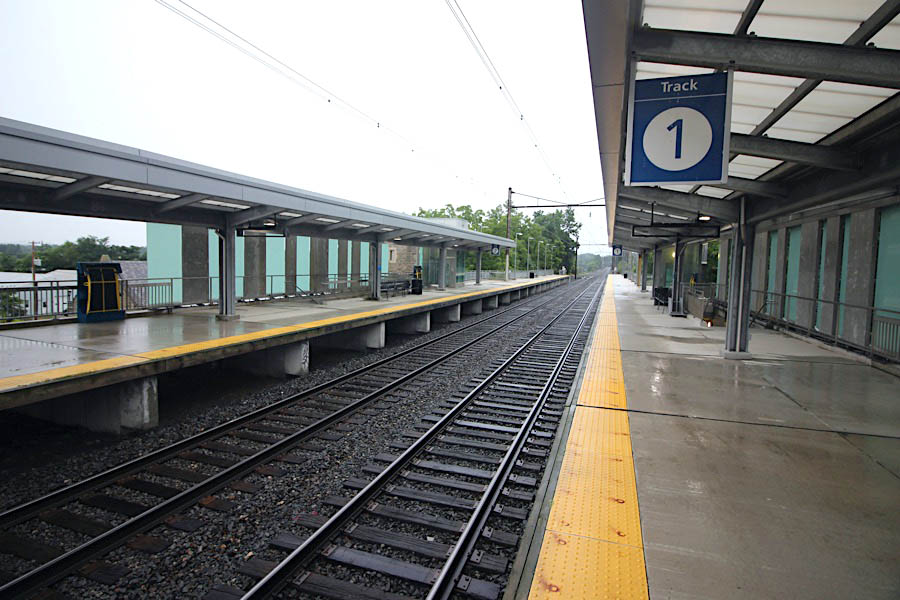
Elizabethtown, Pa / Jul 2020 / RWH
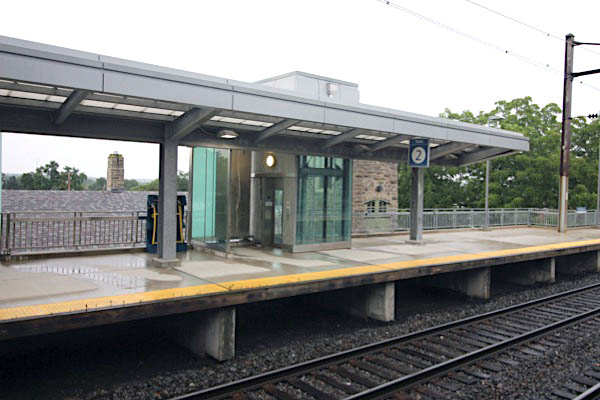
Elizabethtown, Pa / Jul 2020 / RWH
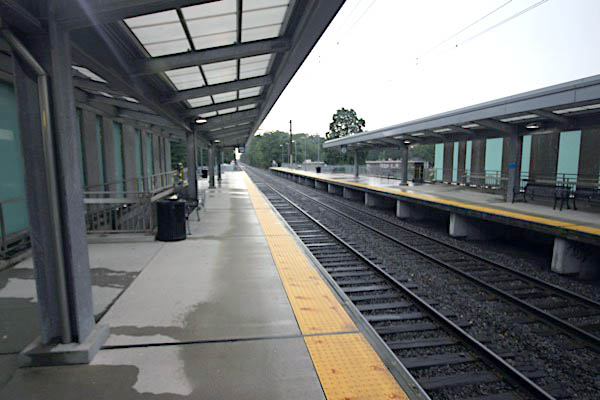
Elizabethtown, Pa / Jul 2020 / RWH
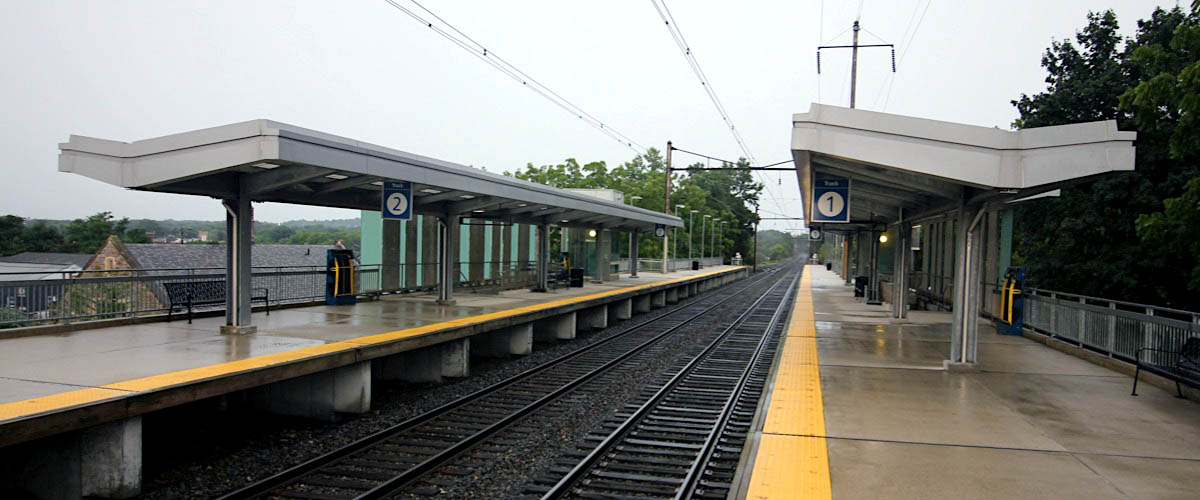
Elizabethtown, Pa / Jul 2020 / RWH

Jul 2020 / RWH
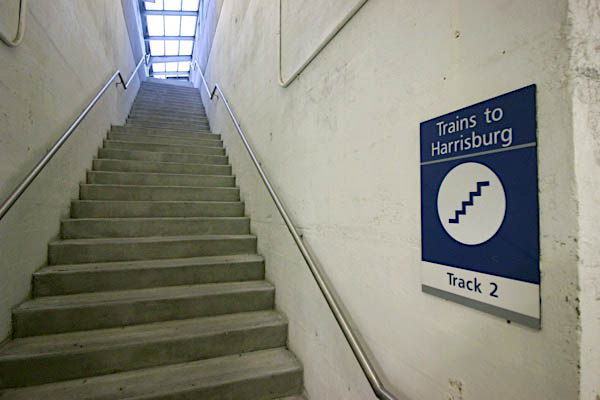
Jul 2020 / RWH
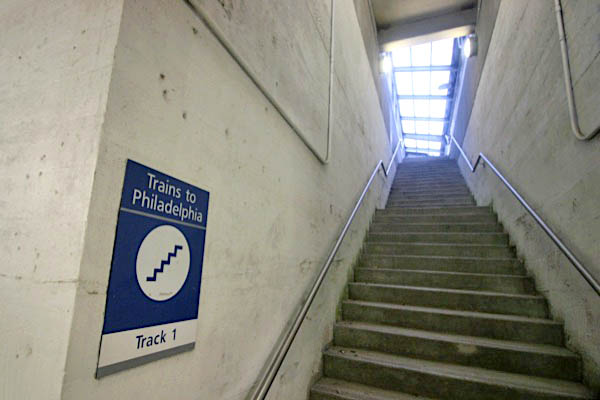
Jul 2020 / RWH
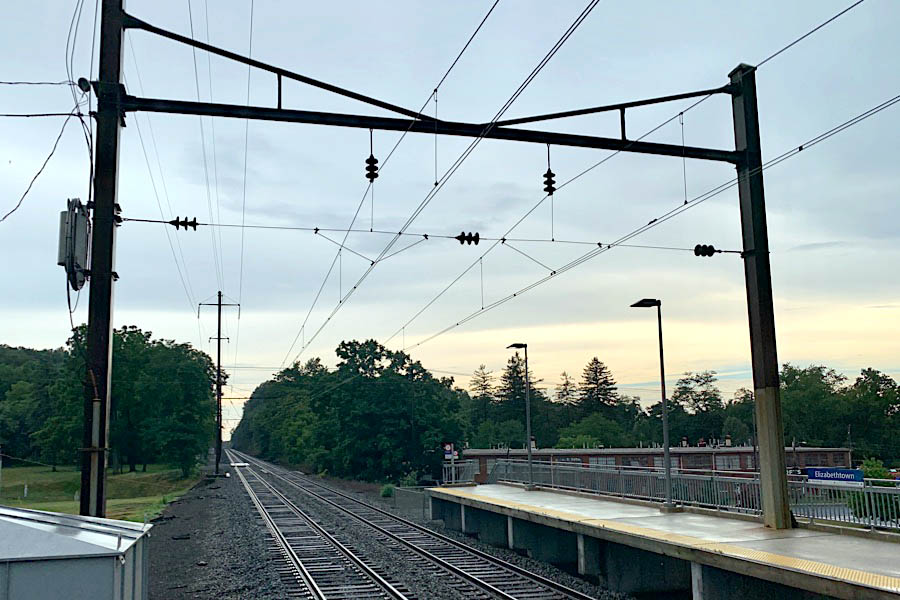
Elizabethtown, Pa / Jul 2020 / RWH
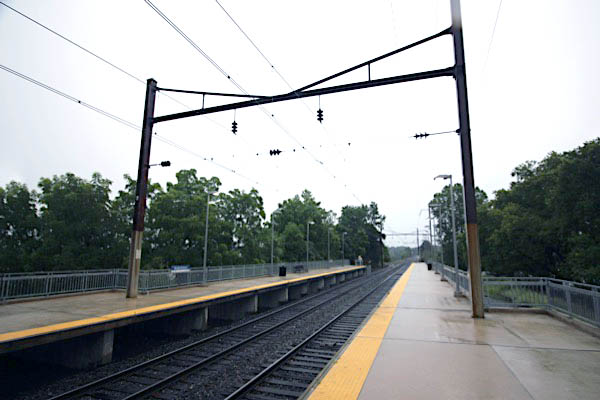
Elizabethtown, Pa / Jul 2020 / RWH
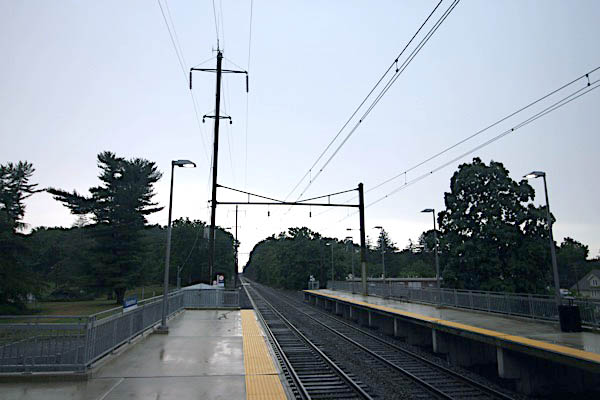
Elizabethtown, Pa / Jul 2020 / RWH

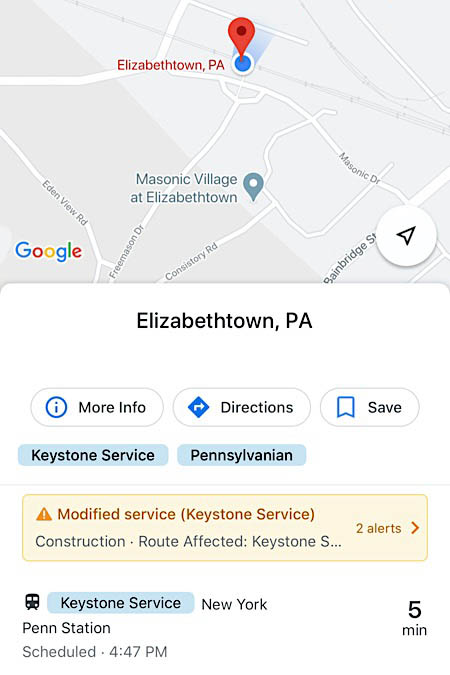
RWH
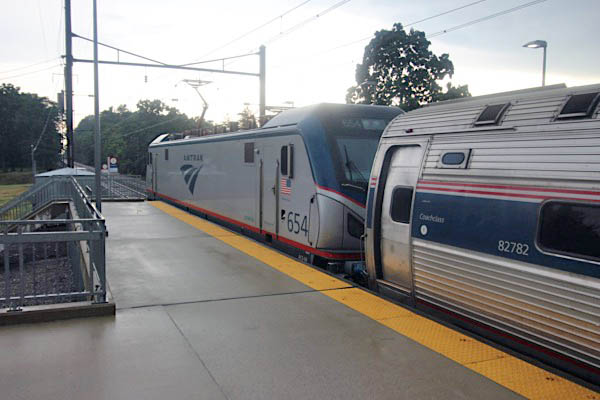
Jul 2020 / RWH
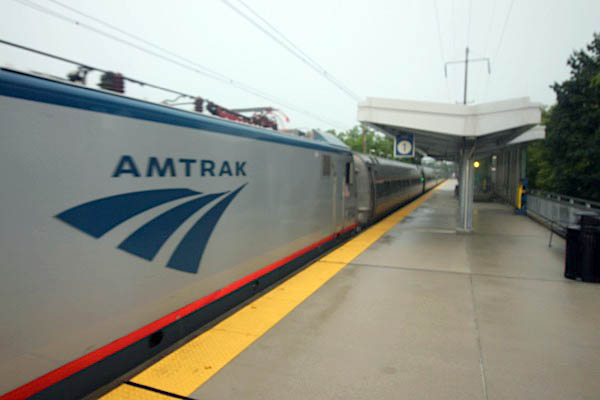
Jul 2020 / RWH
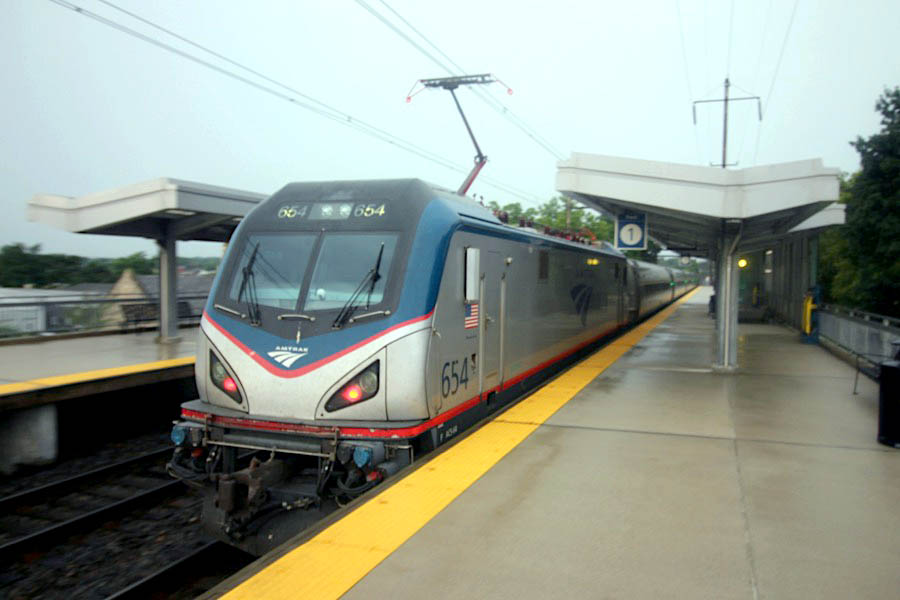
Elizabethtown, Pa / Jul 2020 / RWH
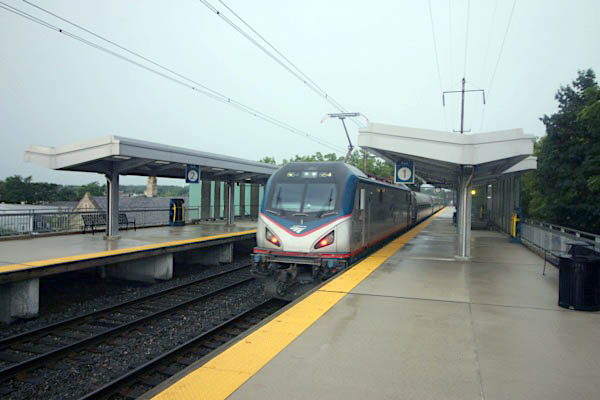
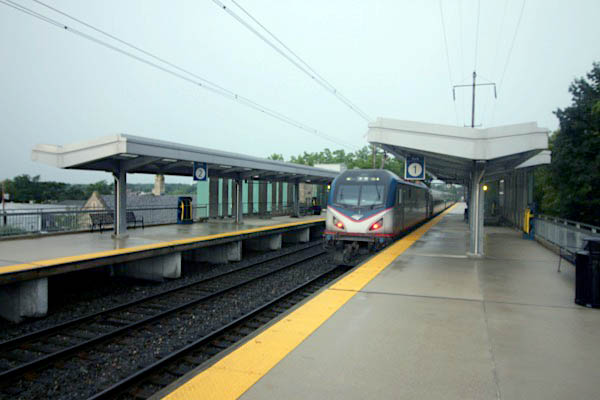
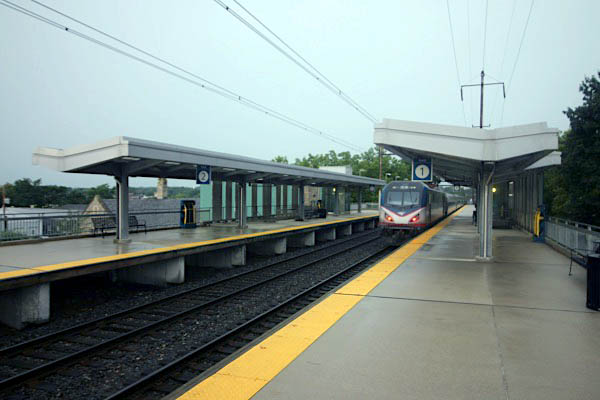
Elizabethtown, Pa / Jul 2020 / RWH
 Alma Mater
Alma Mater

Elizabethtown, Pennsylvania, is home to Elizabethtown College — beloved alma mater of team HawkinsRails' own Debra Kay! Go blue jays!


web

Click to see the Elizabethtown College campus plotted on a Google Maps page
 Lancaster
Lancaster
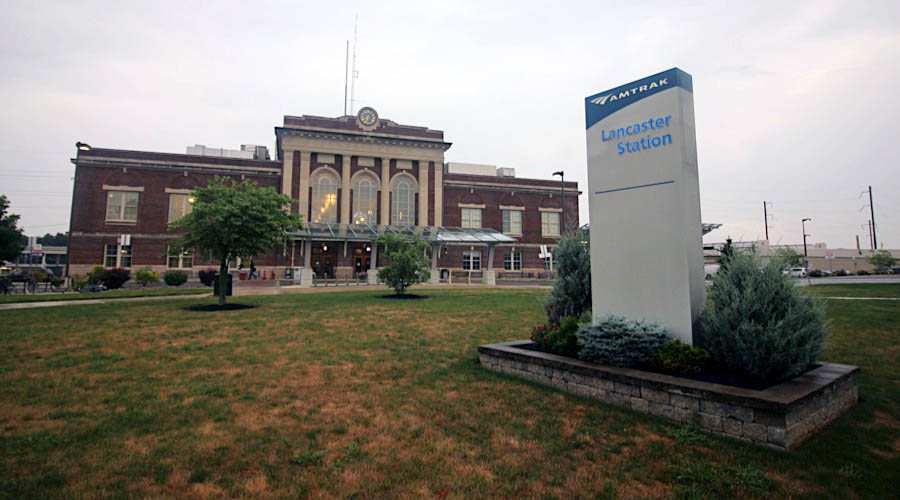
Lancaster, Pa / Jul 2020 / RWH

Click to see the Lancaster station plotted on a Google Maps page
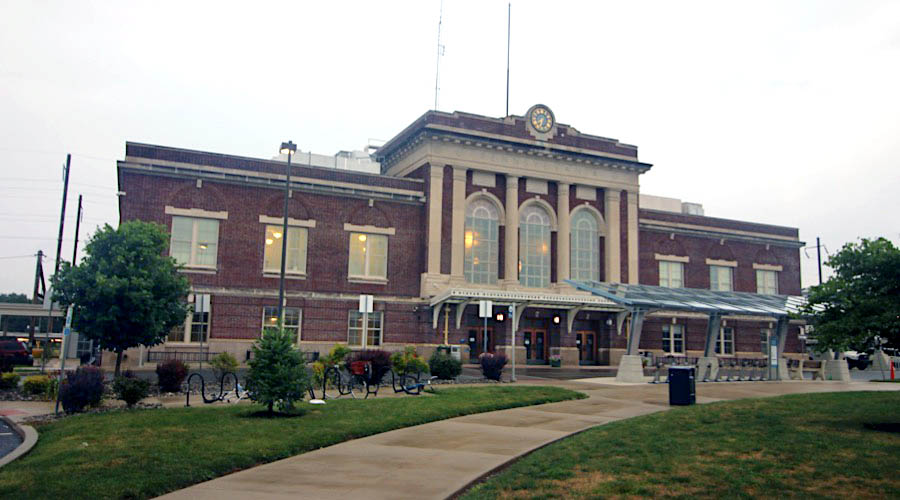
Lancaster, Pa / Jul 2020 / RWH
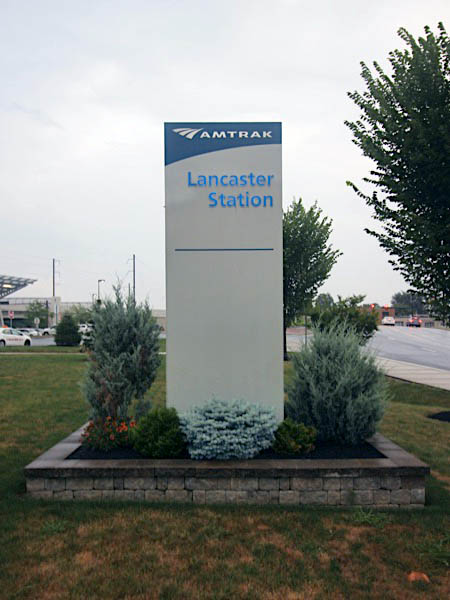
Jul 2020 / RWH
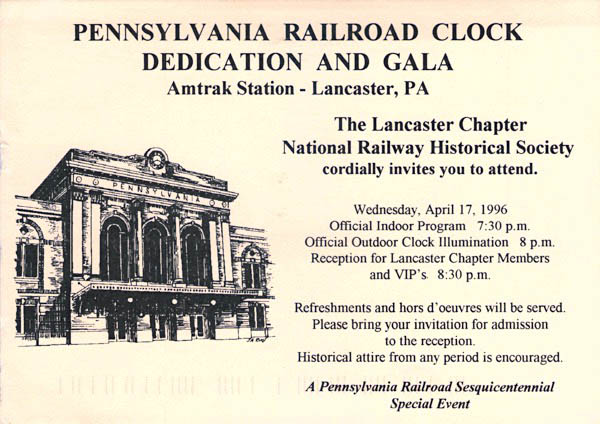
collection
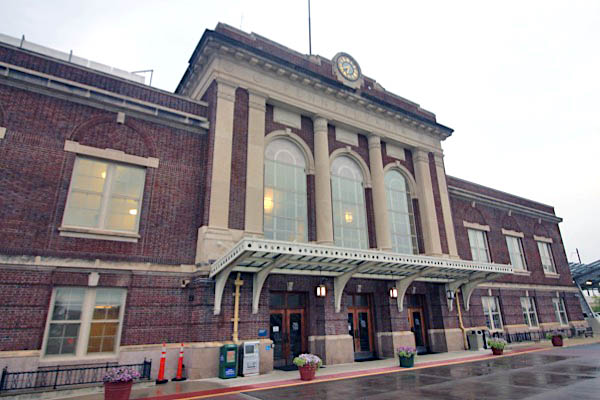
Jul 2020 / RWH
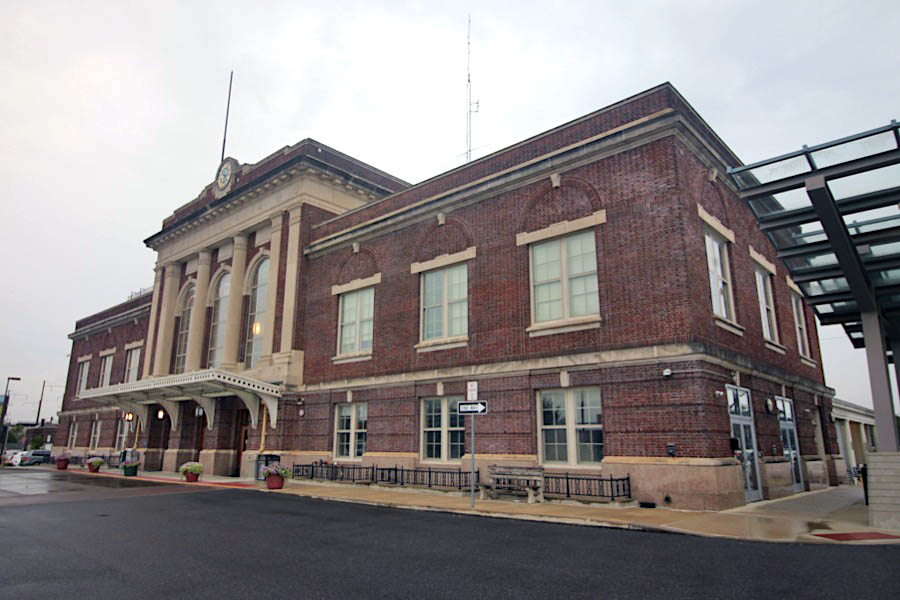
Lancaster, Pa / Jul 2020 / RWH
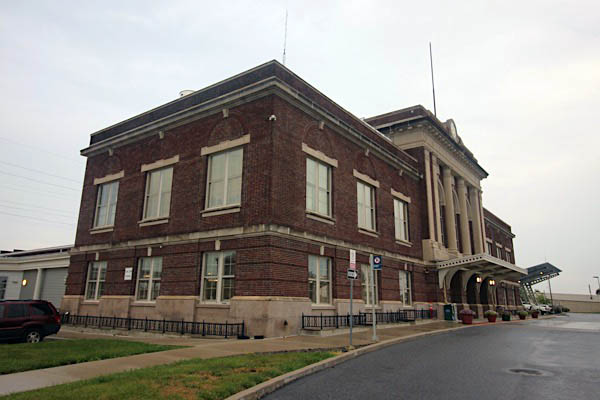
Lancaster, Pa / Jul 2020 / RWH
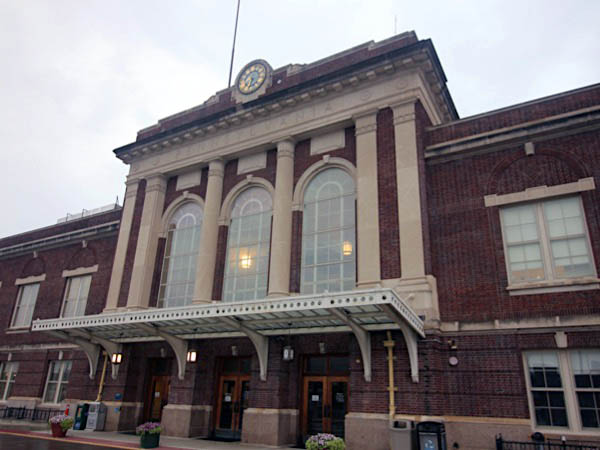
Jul 2020 / RWH
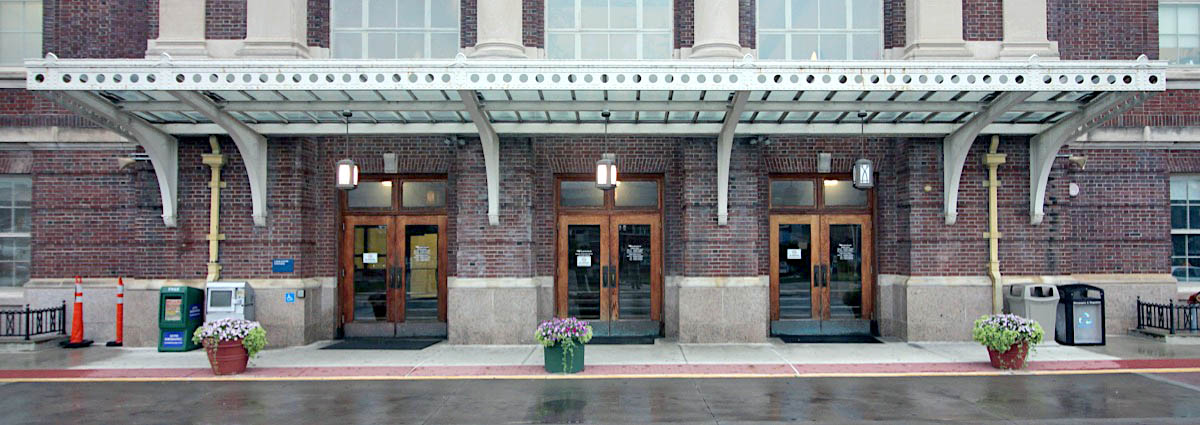
Jul 2020 / RWH
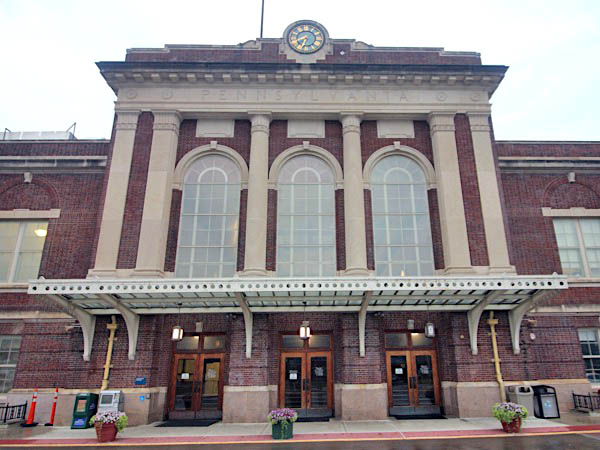
Jul 2020 / RWH
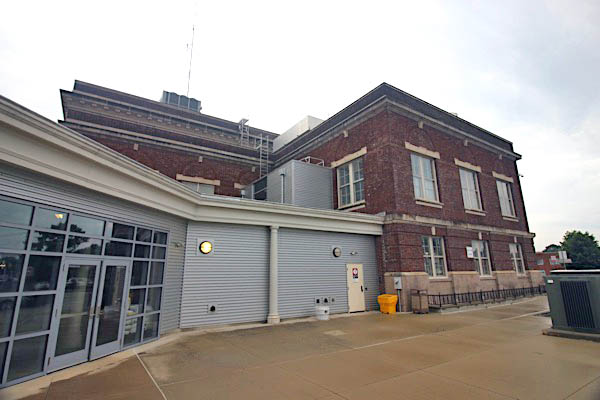
Jul 2020 / RWH
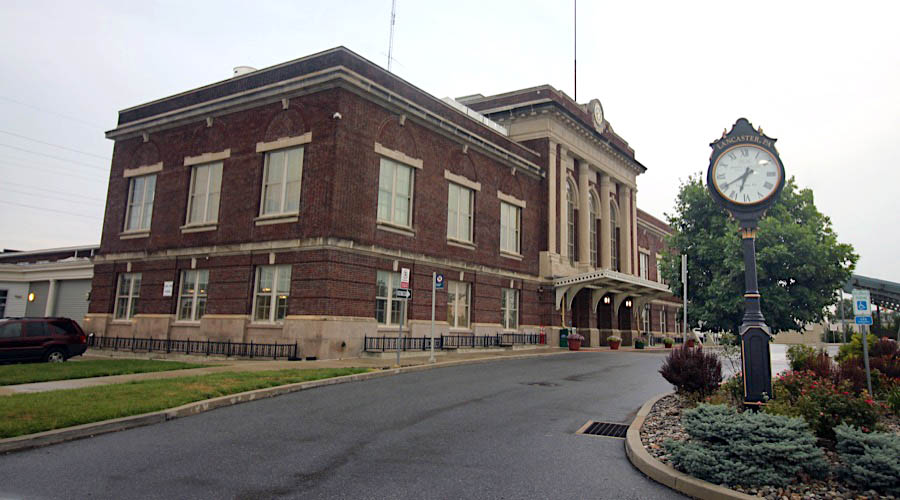
Lancaster, Pa / Jul 2020 / RWH
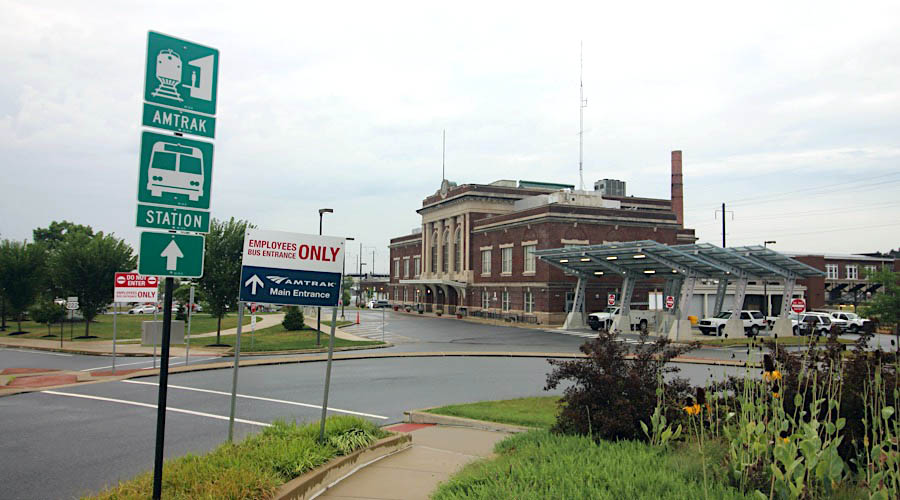
Lancaster, Pa / Jul 2020 / RWH
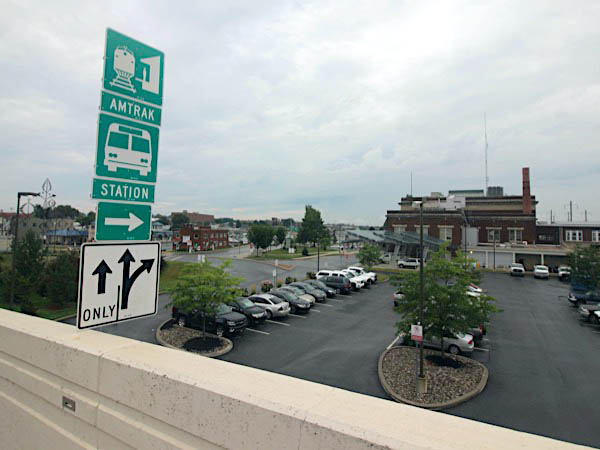
Jul 2020 / RWH

 he Lancaster station, built by the Pennsylvania Railroad, opened in 1929 in the northern section of the city, about a mile from downtown. Constructed of red brick, the classical revival building features a center block flanked by recessed wings. The center block includes the main entrance at the ground level, which is covered by a glass and metal marquee to protect passengers from inclement weather. On the second level, concrete columns frame three tall, rounded windows, while the parapet above showcases a clock.
he Lancaster station, built by the Pennsylvania Railroad, opened in 1929 in the northern section of the city, about a mile from downtown. Constructed of red brick, the classical revival building features a center block flanked by recessed wings. The center block includes the main entrance at the ground level, which is covered by a glass and metal marquee to protect passengers from inclement weather. On the second level, concrete columns frame three tall, rounded windows, while the parapet above showcases a clock.
Inside, the main waiting room features high ceilings, hanging Art Deco light fixtures and a skylight that allows natural light to flood the space. Antique wooden benches line the lobby, while a staircase leads passengers down to the platform level. In recognition of its contributions to the city’s development and its intact historic fabric, the station is listed as a contributing resource to the Lancaster City National Register Historic District.
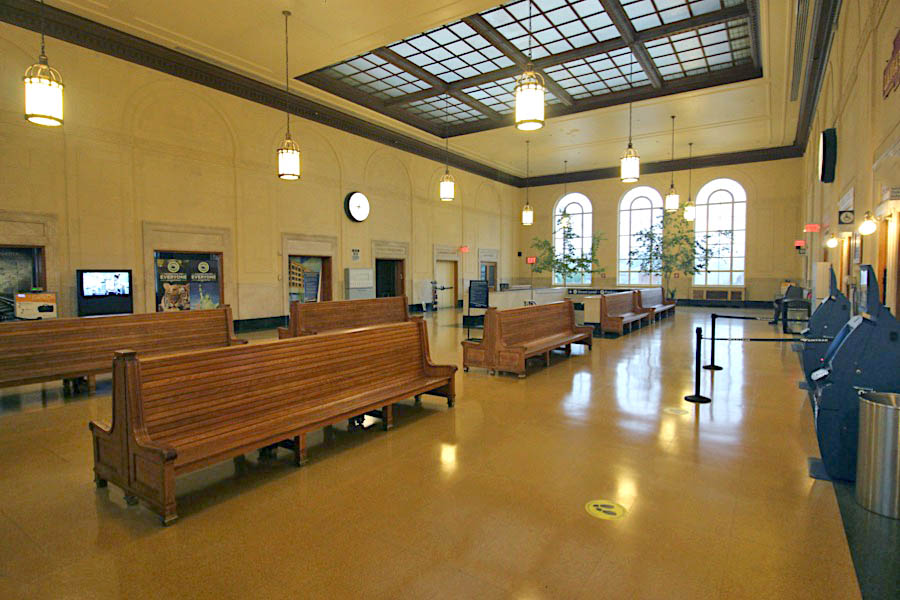
Jul 2020 / RWH
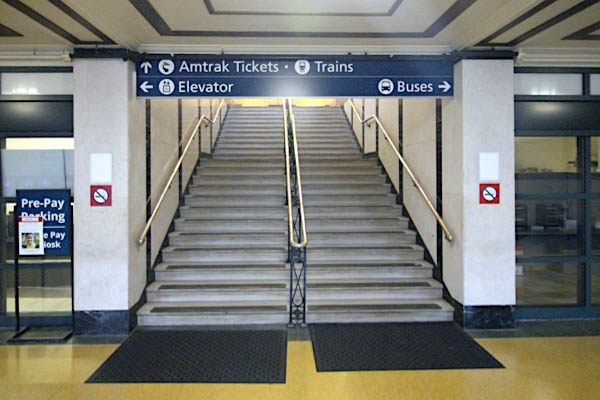
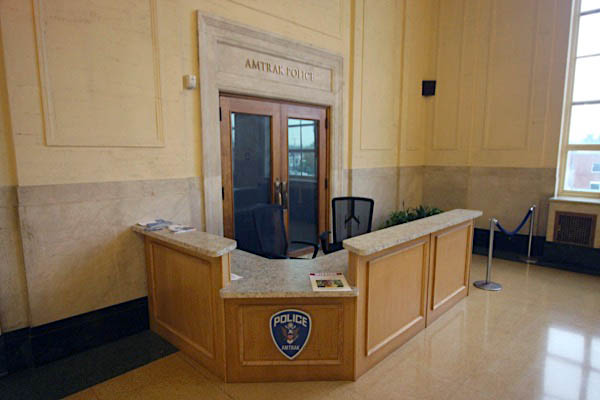
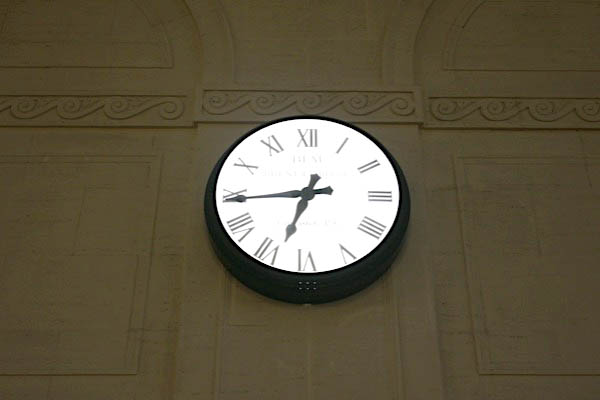
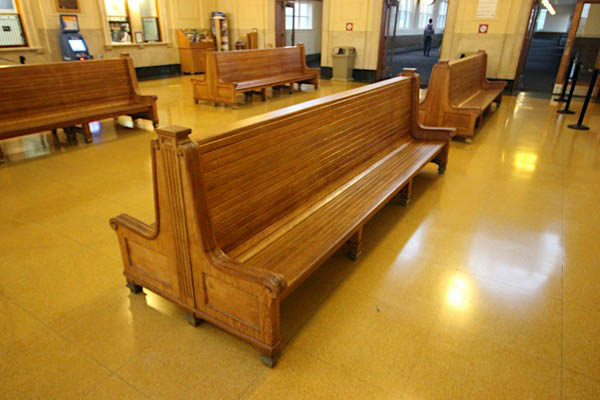
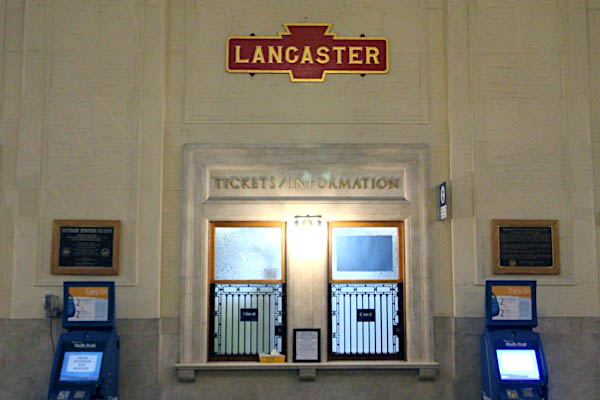
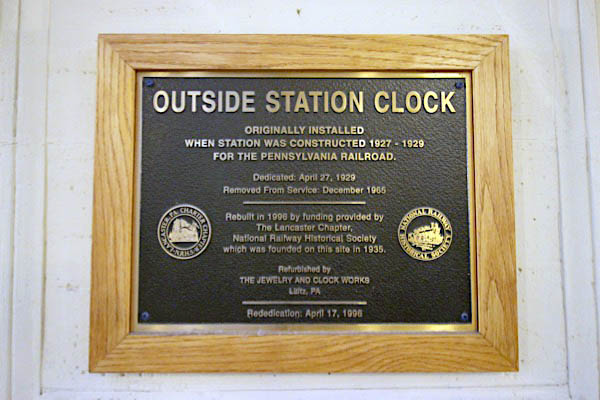

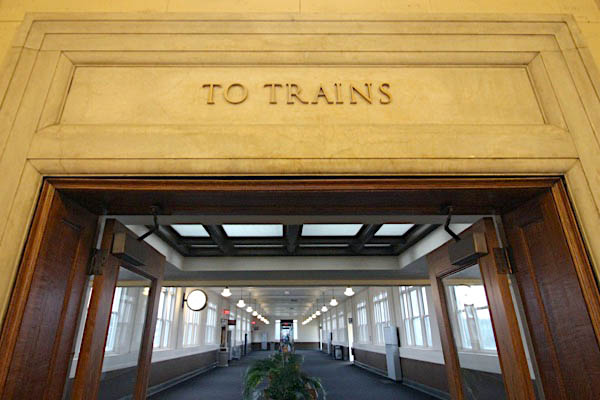
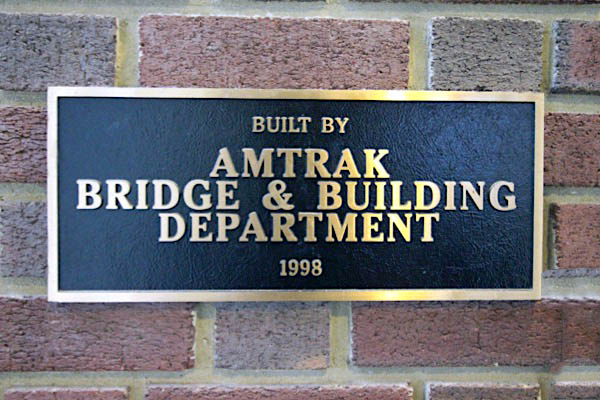
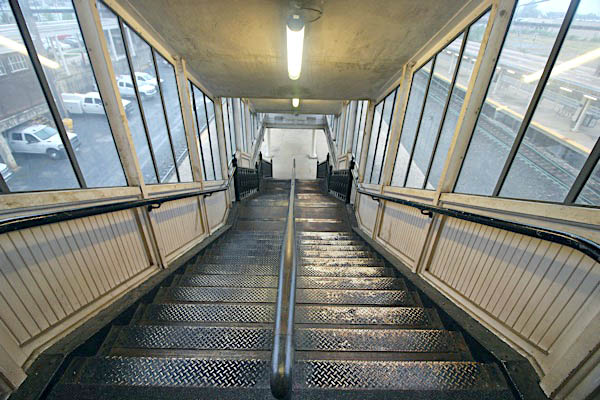
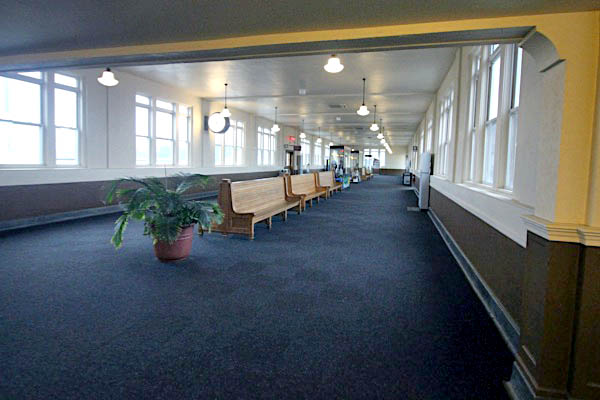
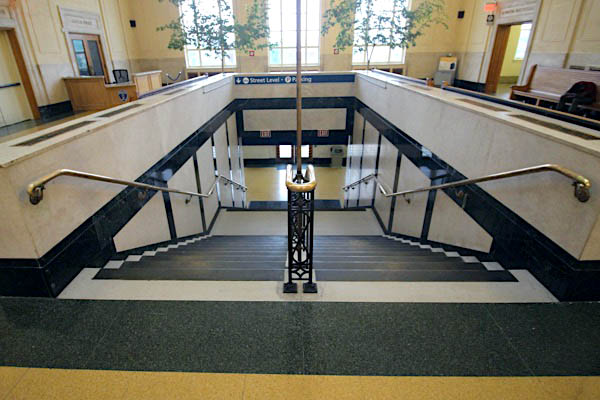
Jul 2020 / RWH
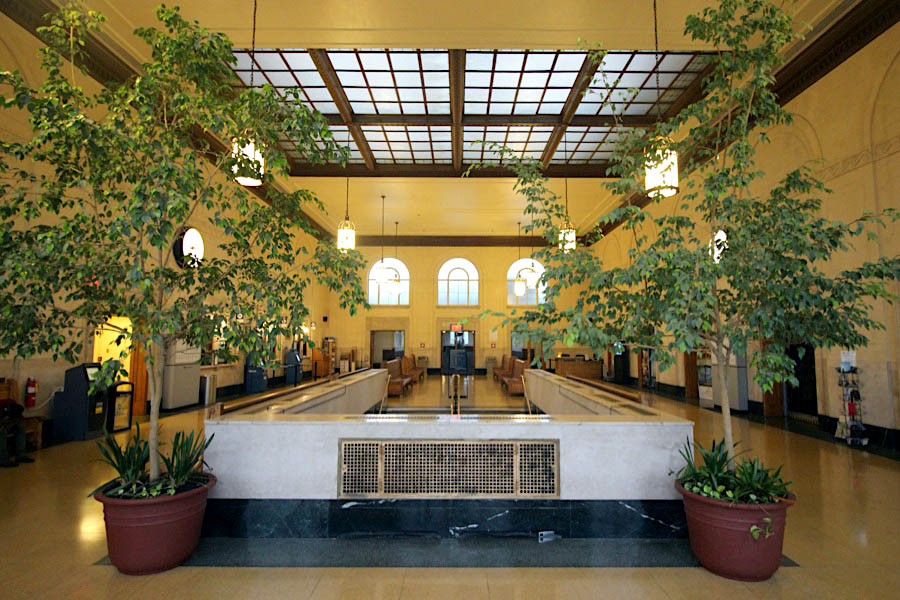
Jul 2020 / RWH
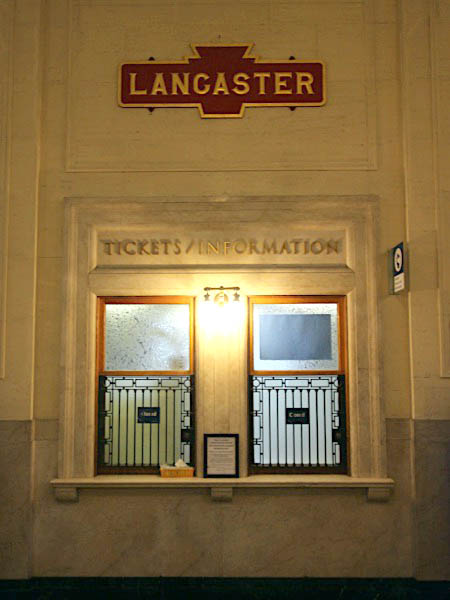
Jul 2020 / RWH
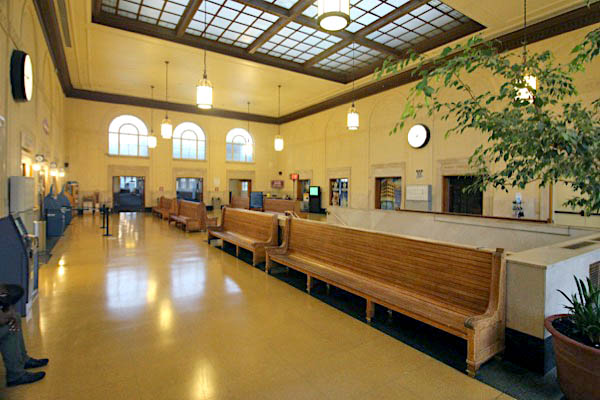
Jul 2020 / RWH
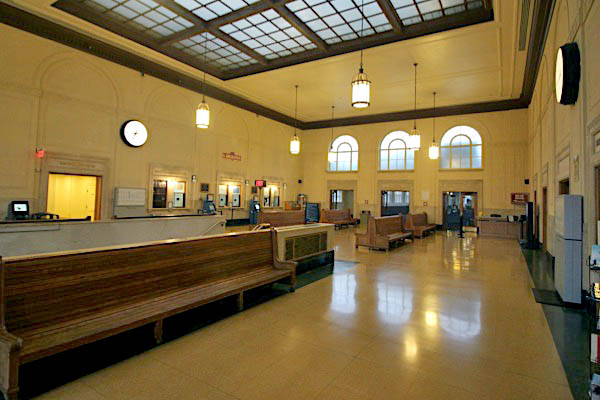
Jul 2020 / RWH
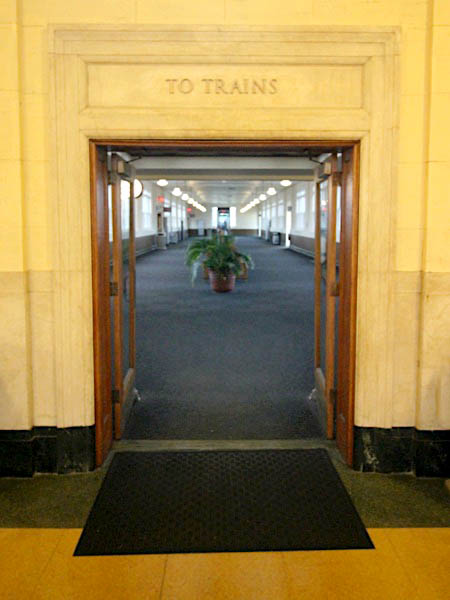
Jul 2020 / RWH
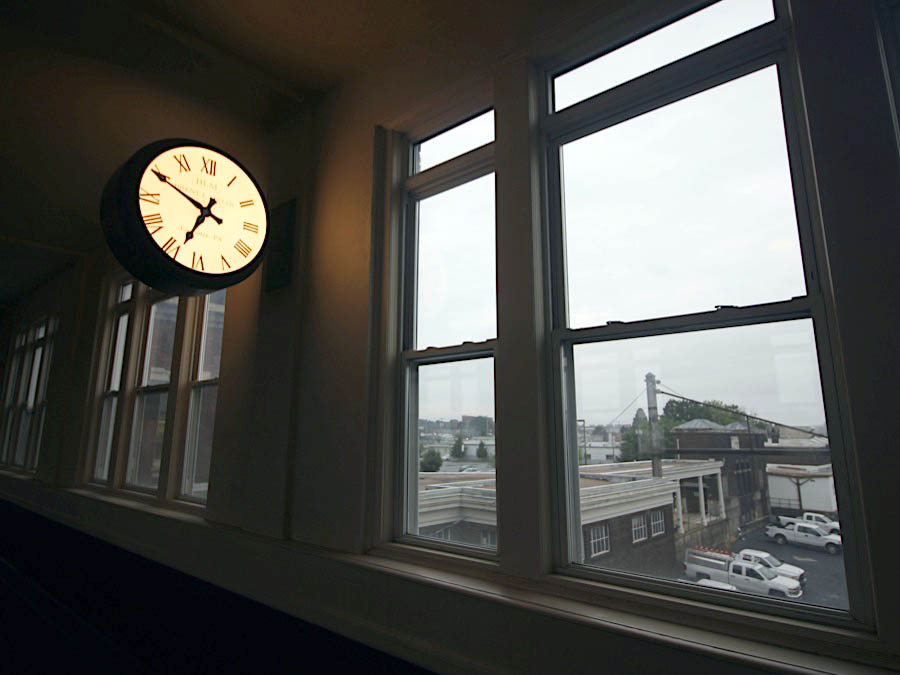
Jul 2020 / RWH




National Railway Historical Society
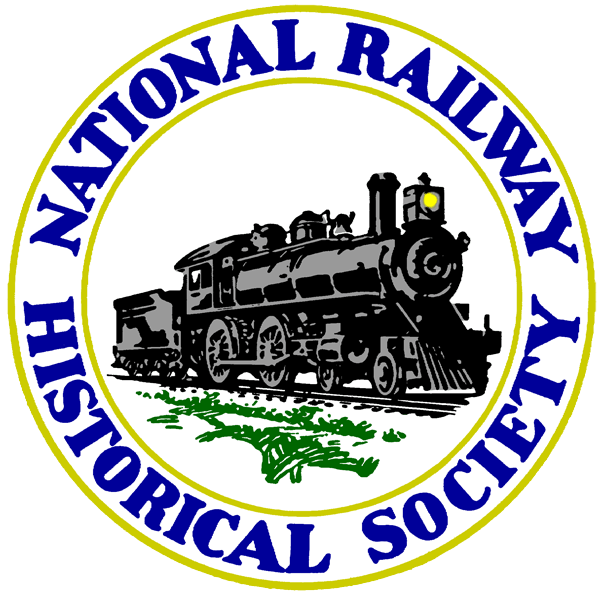 I've had the good fortune over my railfanning life to be a member of three chapters of the National Railway Historical Society. As a kid, my dad and I were active members of the Southeast Louisiana chapter. This was a group that liked to ride trains, and we enjoyed some wonderful trips throughout the 1980s. As an adult, during my years in central Virginia I joined the Blue Ridge chapter. This was a wonderful group of guys with a passion for photography and great monthly programs. Here in middle Georgia, I have joined and am chaplain for the Greater Atlanta chapter. I have enjoyed getting to know their great legacy with the Southern Railway excursion program, as well as their (our) terrific Southeastern Railway Museum.
I've had the good fortune over my railfanning life to be a member of three chapters of the National Railway Historical Society. As a kid, my dad and I were active members of the Southeast Louisiana chapter. This was a group that liked to ride trains, and we enjoyed some wonderful trips throughout the 1980s. As an adult, during my years in central Virginia I joined the Blue Ridge chapter. This was a wonderful group of guys with a passion for photography and great monthly programs. Here in middle Georgia, I have joined and am chaplain for the Greater Atlanta chapter. I have enjoyed getting to know their great legacy with the Southern Railway excursion program, as well as their (our) terrific Southeastern Railway Museum.
So how pleased was I to discover in the waiting room of the handsome Lancaster PRR station a plaque indicating the birth of the NRHS at said location. Who knew? Now I'll be the first to say that the national organization has had a host of troubles for a long time. But standing there, I got to thinking about all the great friendships and wonderful experiences I have enjoyed all my life thanks to local NRHS chapters and that tribe of folk who, like the Hawkins, love all things railroading. In that respect — for friends and for fun — I could not be more grateful for those four letters from Lancaster.
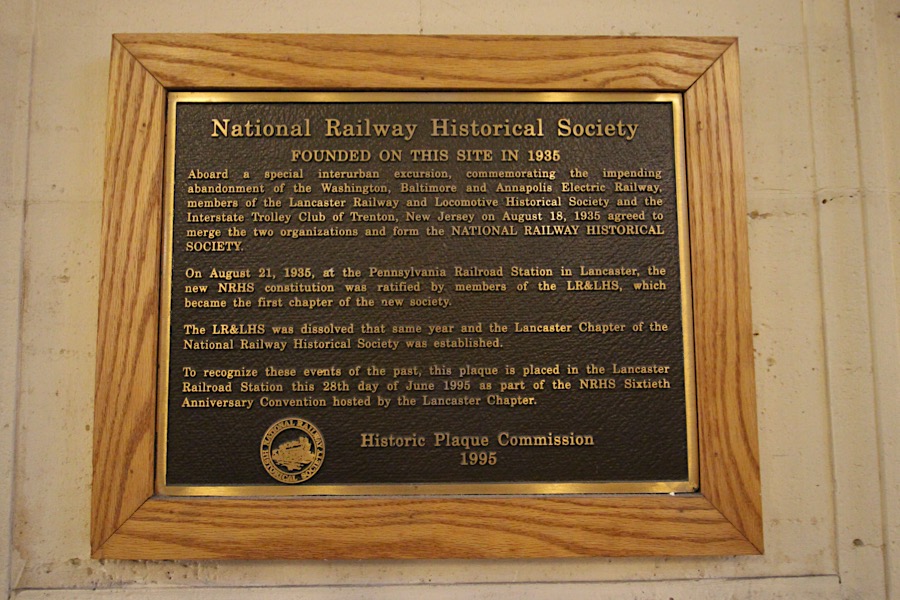
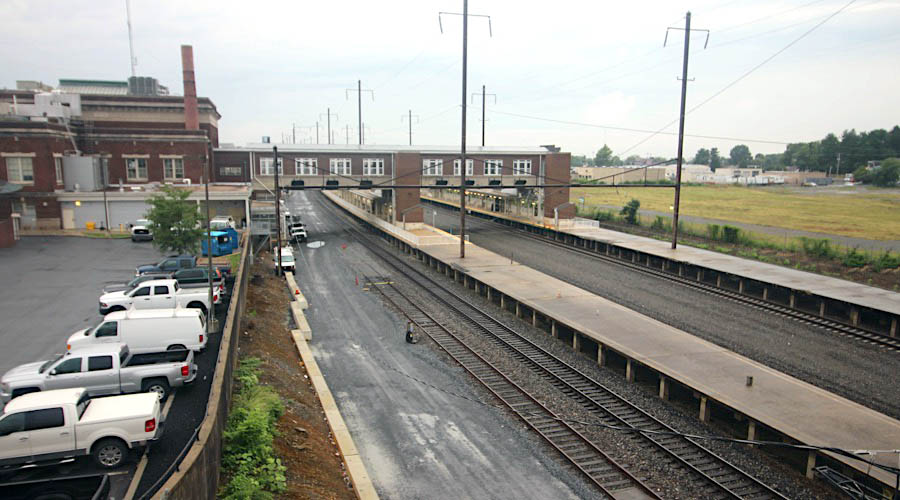
Lancaster, Pa / Jul 2020 / RWH
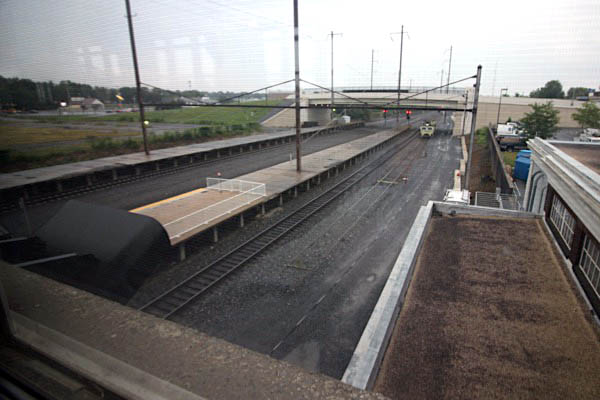
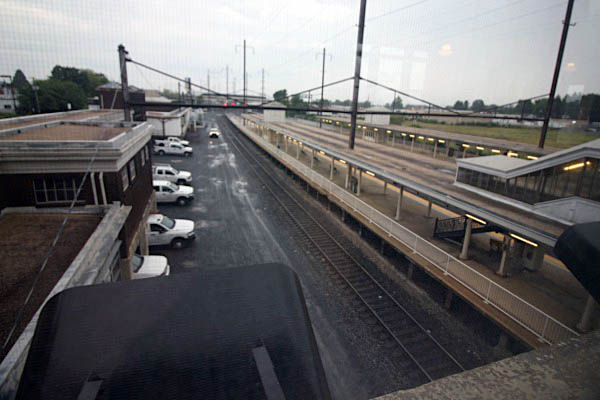
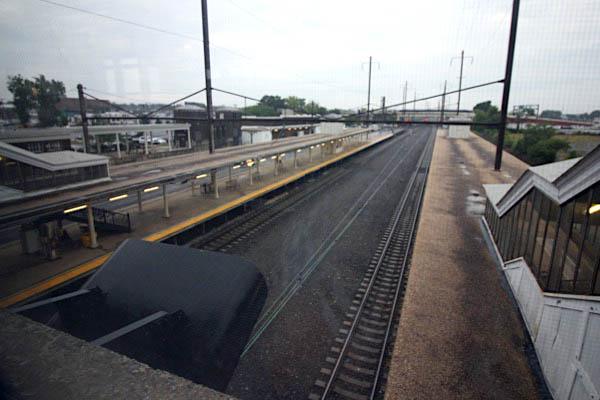
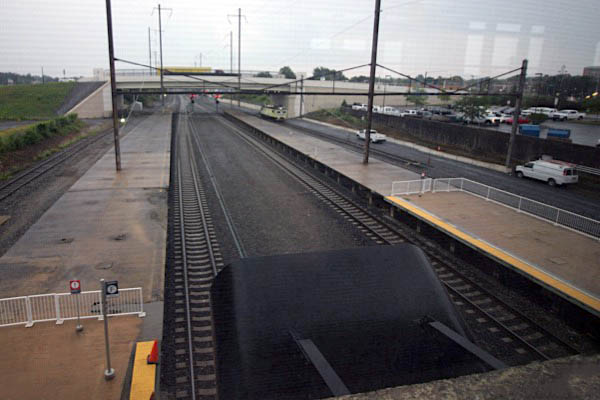
Jul 2020 / RWH
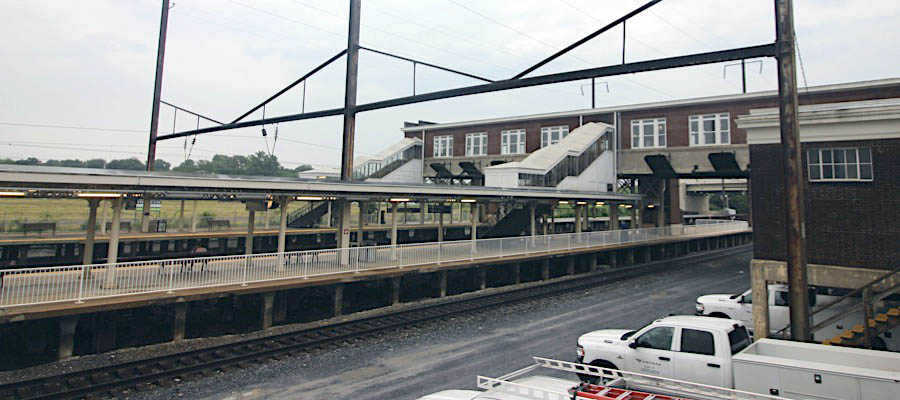
Lancaster, Pa / Jul 2020 / RWH
 Philadelphia
Philadelphia

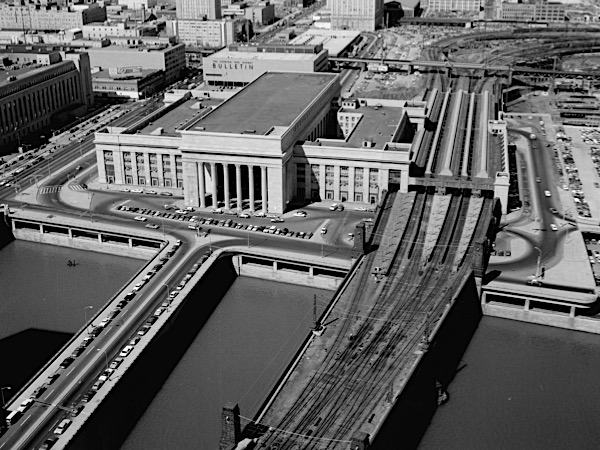
 hiladelphia's famed 30th Street Station was built between 1929 and 1933 by the Pennsylvania Railroad (PRR) to replace the Broad Street Station that had become much too congested to support the city's growth. Designed by Alfred Shaw of Graham, Anderson, Probst and White, the enormous, eight-story steel frame building has been listed on the National Register of Historic Places since 1978. It is an example of some of the railroad industry's most monumental construction and is architecturally interesting for its use, adaptation and transformation of the Neoclassical style into a more modern, streamlined Art Deco style. The exterior of the building features typical neoclassical elements such as seventy-one-foot-high Corinthian columns forming impressive porticoes on the east and west facades, rendered in Alabama limestone.
hiladelphia's famed 30th Street Station was built between 1929 and 1933 by the Pennsylvania Railroad (PRR) to replace the Broad Street Station that had become much too congested to support the city's growth. Designed by Alfred Shaw of Graham, Anderson, Probst and White, the enormous, eight-story steel frame building has been listed on the National Register of Historic Places since 1978. It is an example of some of the railroad industry's most monumental construction and is architecturally interesting for its use, adaptation and transformation of the Neoclassical style into a more modern, streamlined Art Deco style. The exterior of the building features typical neoclassical elements such as seventy-one-foot-high Corinthian columns forming impressive porticoes on the east and west facades, rendered in Alabama limestone.
The interior of the station, meanwhile, is notable and unique for both its stylistic and functional elements. The main concourse measures 290 by 135 feet with a 95-foot-high coffered ceiling and beautiful Art Deco chandeliers. It is lined by gilded and ornamented columns that contrast with the more austere, classical look of the façade as well as by five-story-high cathedral-like windows. The floor, made of Tennessee marble, completes the sense of opulence of this impressive room.

Philadelphia, Pa / Feb 2019 / RWH
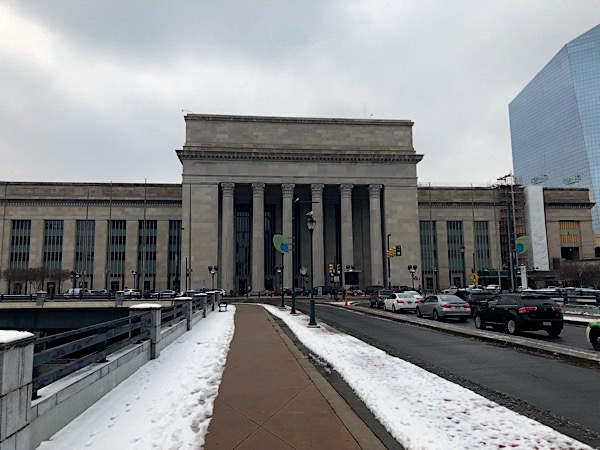
Philadelphia, Pa / Feb 2019 / RWH
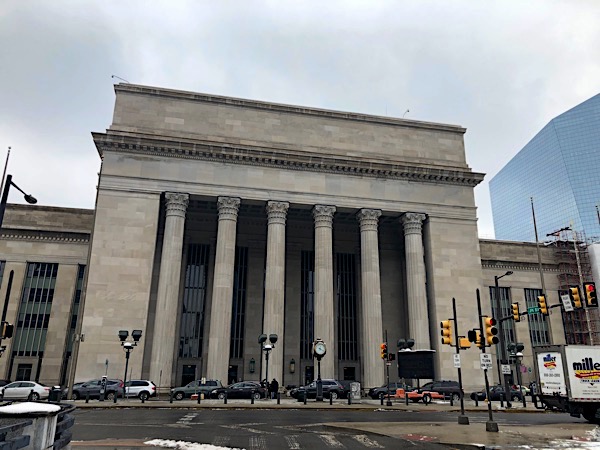
Philadelphia, Pa / Feb 2019 / RWH
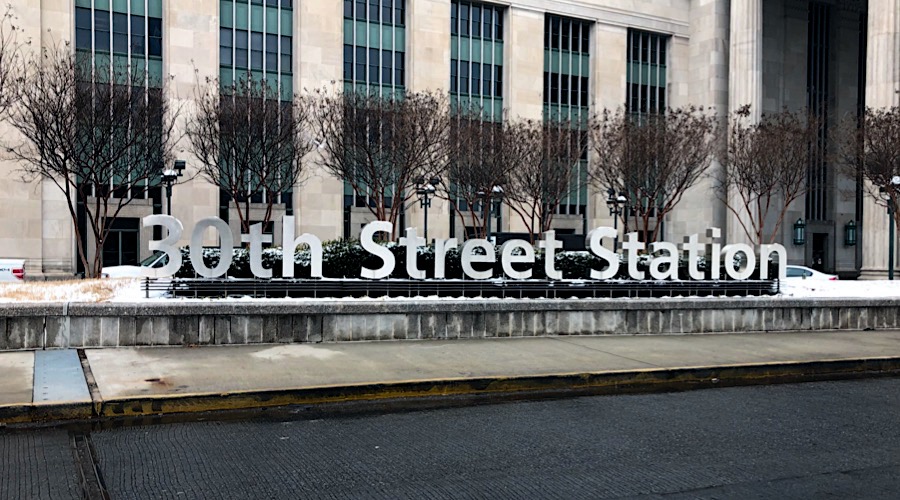
Philadelphia, Pa / Feb 2019 / RWH
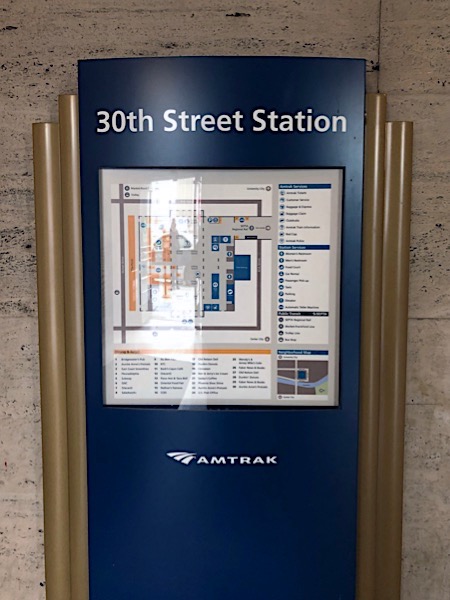
RWH
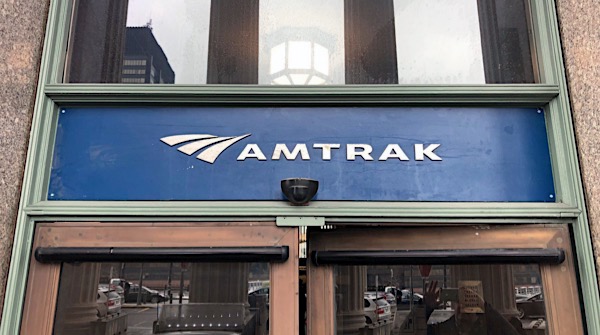
Philadelphia, Pa / Feb 2019 / RWH

Click to see Philadelphia's 30th Street Station plotted on a Google Maps page
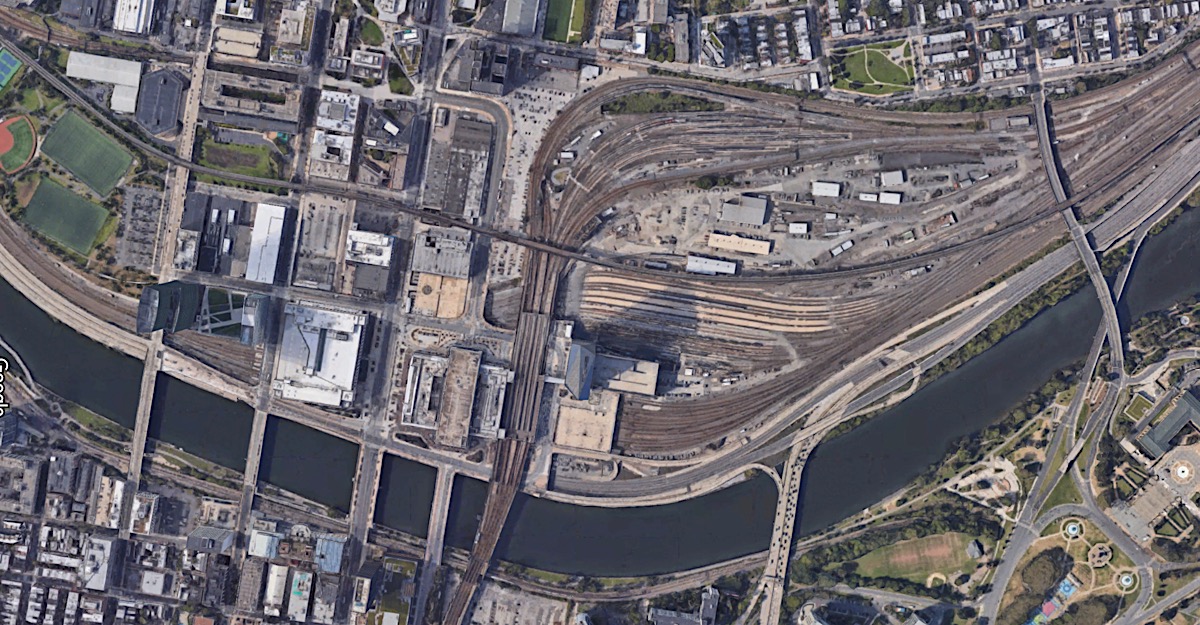
30th Street station overhead / Google Maps
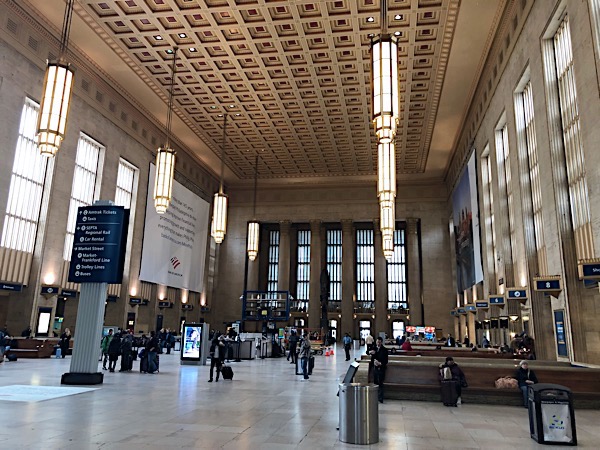
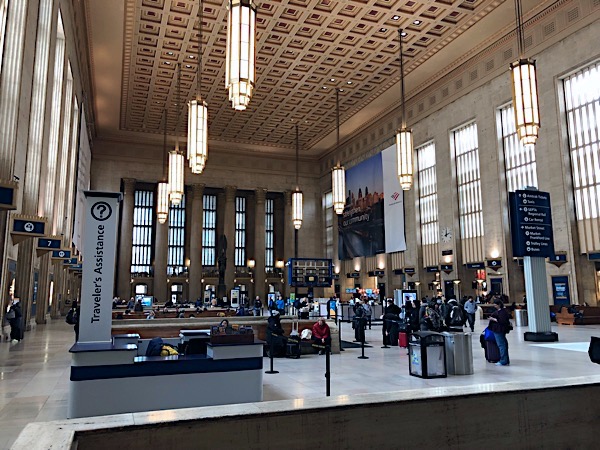
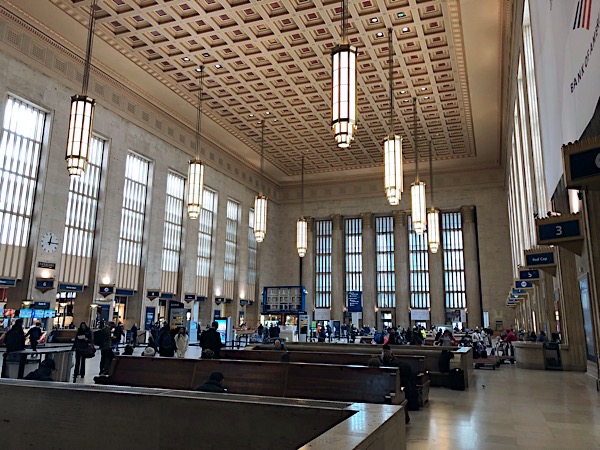
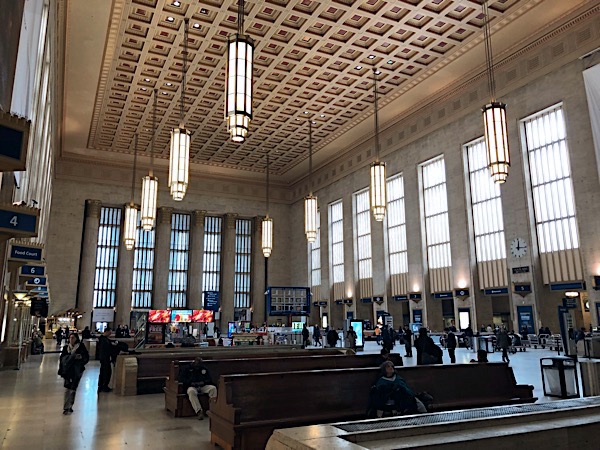
Philadelphia, Pa / Feb 2019 / RWH
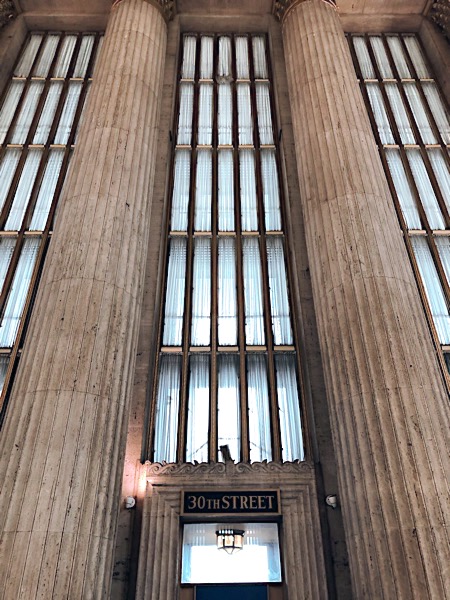
Philadelphia, Pa / Feb 2019 / RWH
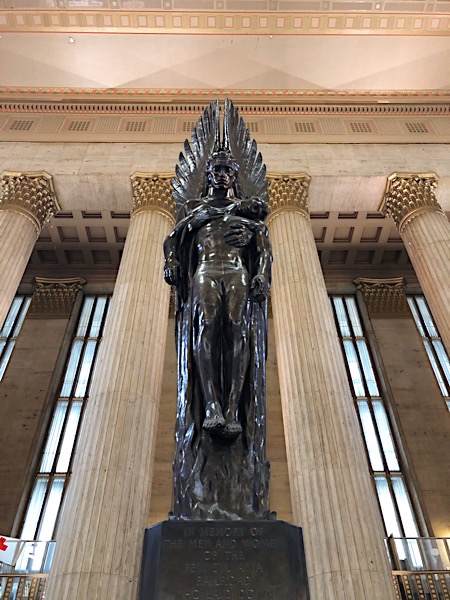
Philadelphia, Pa / Feb 2019 / RWH
 30th Street Flipping Sign Board
30th Street Flipping Sign Board
Philadelphia, Pa / Apr 2016 / RWH

November 2018
The end is near for 30th Street Station’s famous flipping board
The classic clicking of destinations spinning into place, echoing through 30th Street Station's cavernous great hall, will likely be a thing of the past within two months.
Amtrak plans to remove the Solari board in January, officials said Thursday. It will be replaced by a larger digital sign in the first month of 2019 as part of an upgrade to the station's announcements system. The Solari board, meanwhile, is headed to a new home. The flip-style board, named after its Italian manufacturer, was installed in the 1970's, Amtrak officials said. At that time, the clicking of its placards into place, listing destinations around the country, was synonymous with travel.
"Years ago, they were the standard for train stations, airports," said David Handera, an Amtrak vice president in charge of stations and properties. "I even remember as a kid at Newark Airport, Kennedy, seeing these types of boards." They have become nearly obsolete, though. The one at 30th Street still runs off Windows 95, Handera said, and parts for it are no longer mass-produced and must be custom-made. The Solari board at 30th Street Station in now the last one in operation at Amtrak stations.
The signage upgrade is expected to begin next month, Handera said. Digital signs are to be installed above the stairways to all the platforms in December. The new boards will start working in early January, and the digital replacement for the Solari is expected to be operational in late January. The new board, which will display information being announced over the public address system for people with hearing disabilities, will list arrivals and departures, and can also show information on boardings by passenger class and safety information.
The new system will cost about $11 million, Amtrak reported. The Solari board is being donated to the Railroad Museum of Pennsylvania in Strasburg, Lancaster County. The board will likely be put in place there sometime in 2019, though an exact timetable hasn't been set. "The logistics of removing it, getting it prepared for transportation, getting it from point to point, is going to be difficult," said Howard Pollman, spokesman for the Pennsylvania Historical and Museum Commission, "because there are literally a lot of moving parts."
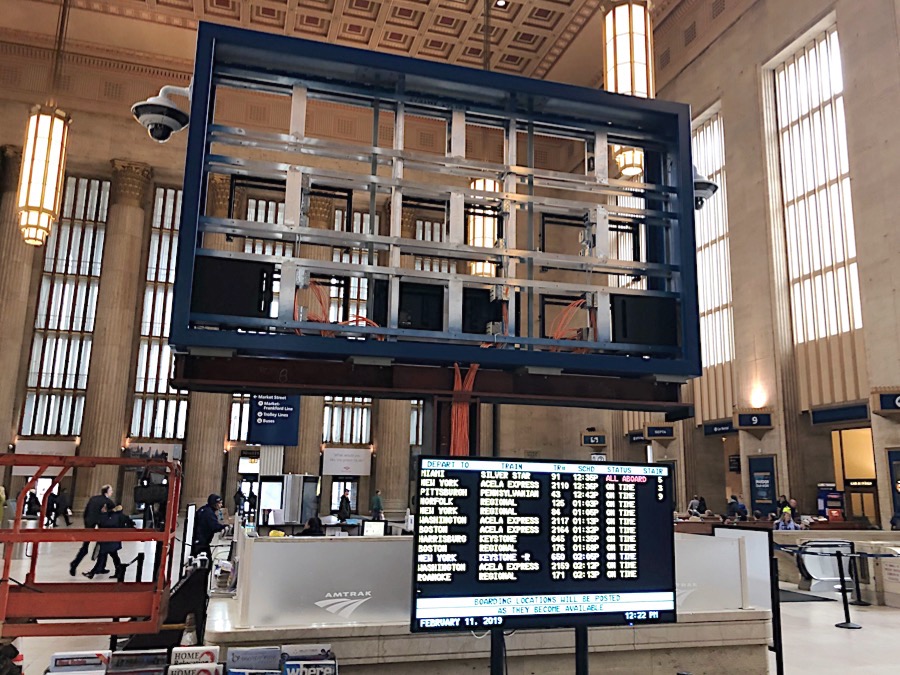
Philadelphia, Pa / Feb 2019 / RWH
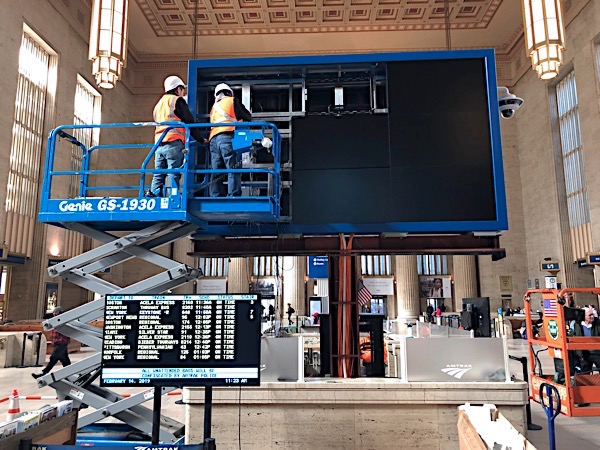
Philadelphia, Pa / Feb 2019 / RWH
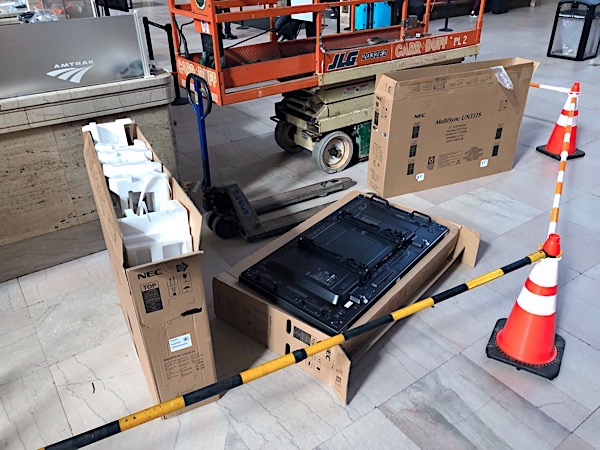
Philadelphia, Pa / Feb 2019 / RWH
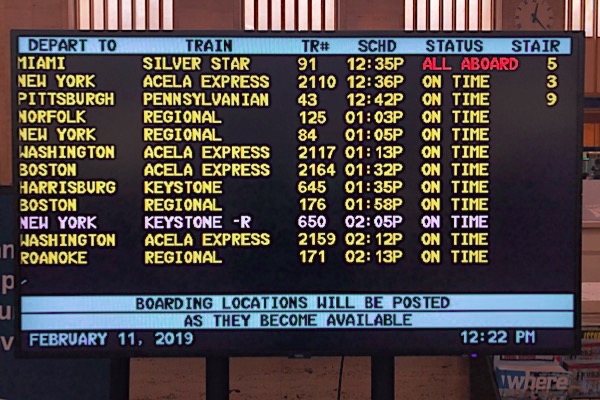
Philadelphia, Pa / Feb 2019 / RWH

Philadelphia, Pa / Feb 2019 / RWH
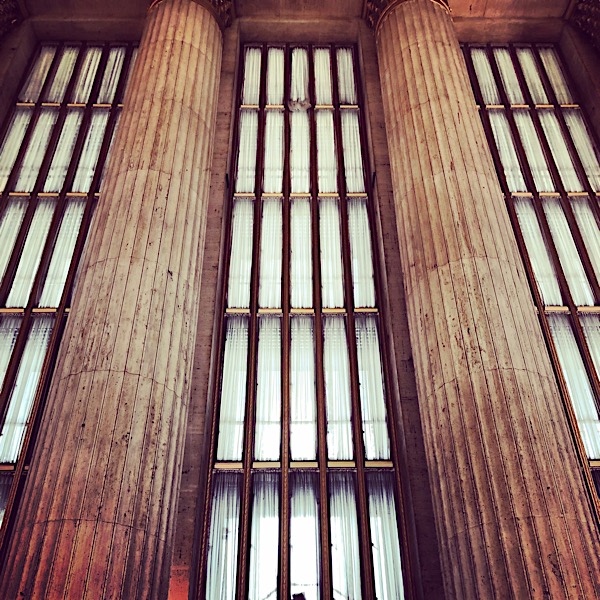
Columns
Philadelphia, Pa / Feb 2019 / RWH
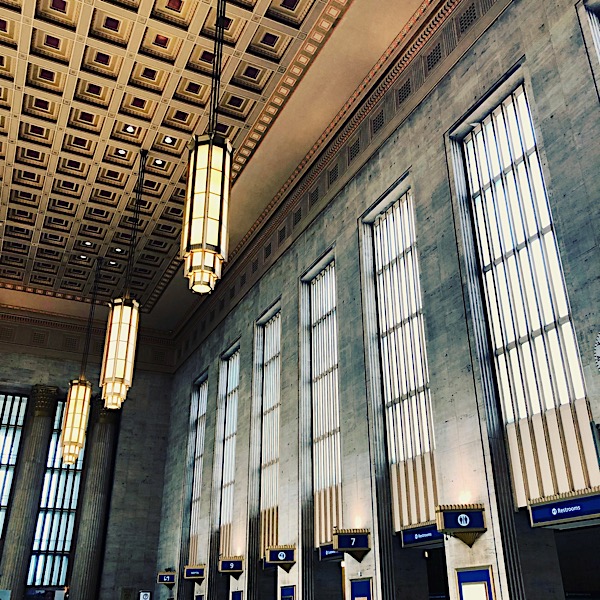
Art Deco
Philadelphia, Pa / Feb 2019 / RWH
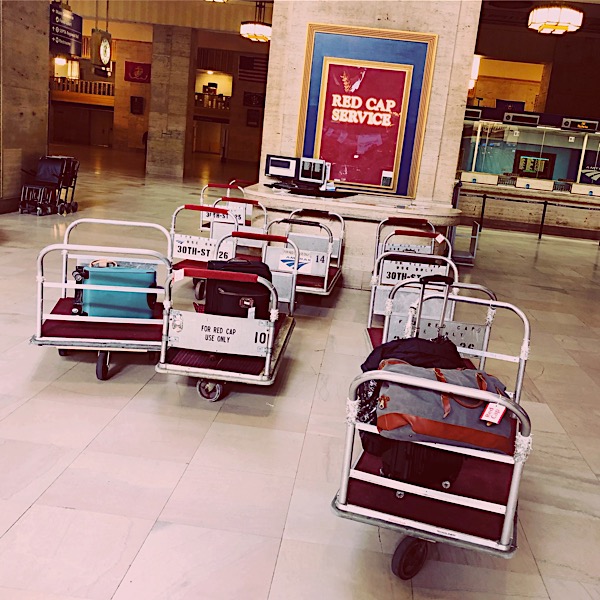
Red Caps
Philadelphia, Pa / Feb 2019 / RWH
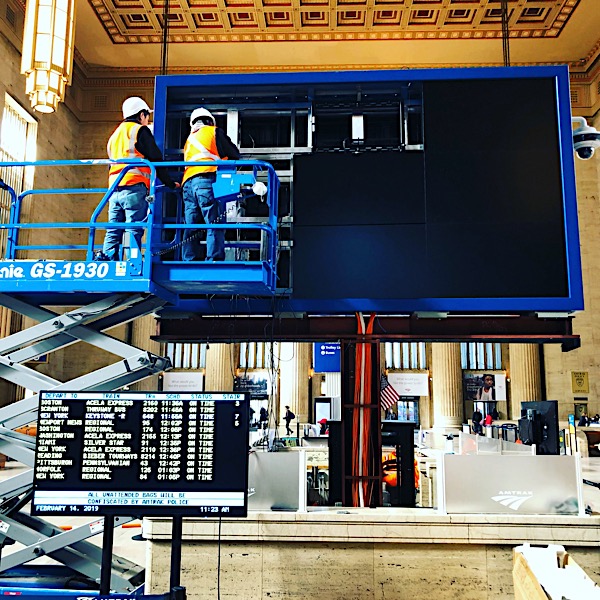
Out With Old
Philadelphia, Pa / Feb 2019 / RWH
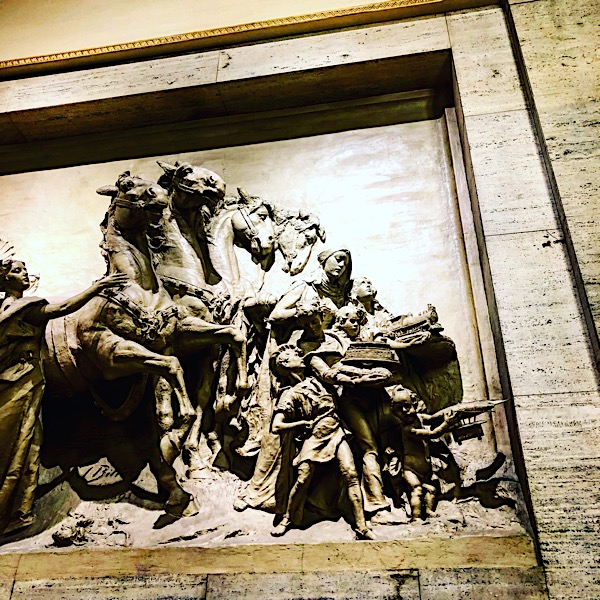
Transportation
Philadelphia, Pa / Feb 2019 / RWH

See also our complete Amtrak Palmetto Route Scrapbook for more Philadelphia images

See also our Amtrak Pennsylvanian WEST location scrapbook in Mainlines



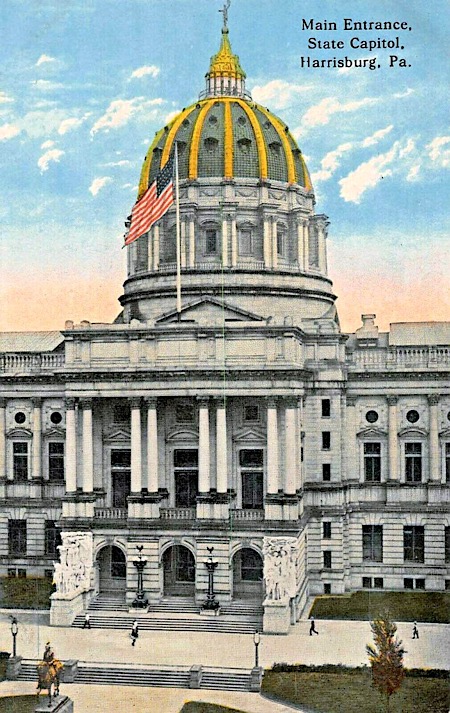
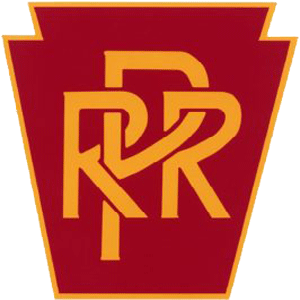 The Elizabethtown depot first opened to the public in 1915, and was built by the Pennsylvania Railroad (PRR). Strategically sited with entrances on the north and south sides of the embankment that supports the railroad right-of-way, the station easily served residents of the Masonic Homes and the town. Visually, the depot clearly references the architecture of the nearby Masonic Grand Lodge Hall which was designed in the Collegiate Gothic style by the well known Philadelphia-based firm of Zantzinger, Borie & Medary. The cornerstone of the Grand Lodge Hall was laid in 1911; two years later, the architects were hired by the PRR to draw up plans for an improved passenger station.
The Elizabethtown depot first opened to the public in 1915, and was built by the Pennsylvania Railroad (PRR). Strategically sited with entrances on the north and south sides of the embankment that supports the railroad right-of-way, the station easily served residents of the Masonic Homes and the town. Visually, the depot clearly references the architecture of the nearby Masonic Grand Lodge Hall which was designed in the Collegiate Gothic style by the well known Philadelphia-based firm of Zantzinger, Borie & Medary. The cornerstone of the Grand Lodge Hall was laid in 1911; two years later, the architects were hired by the PRR to draw up plans for an improved passenger station.

